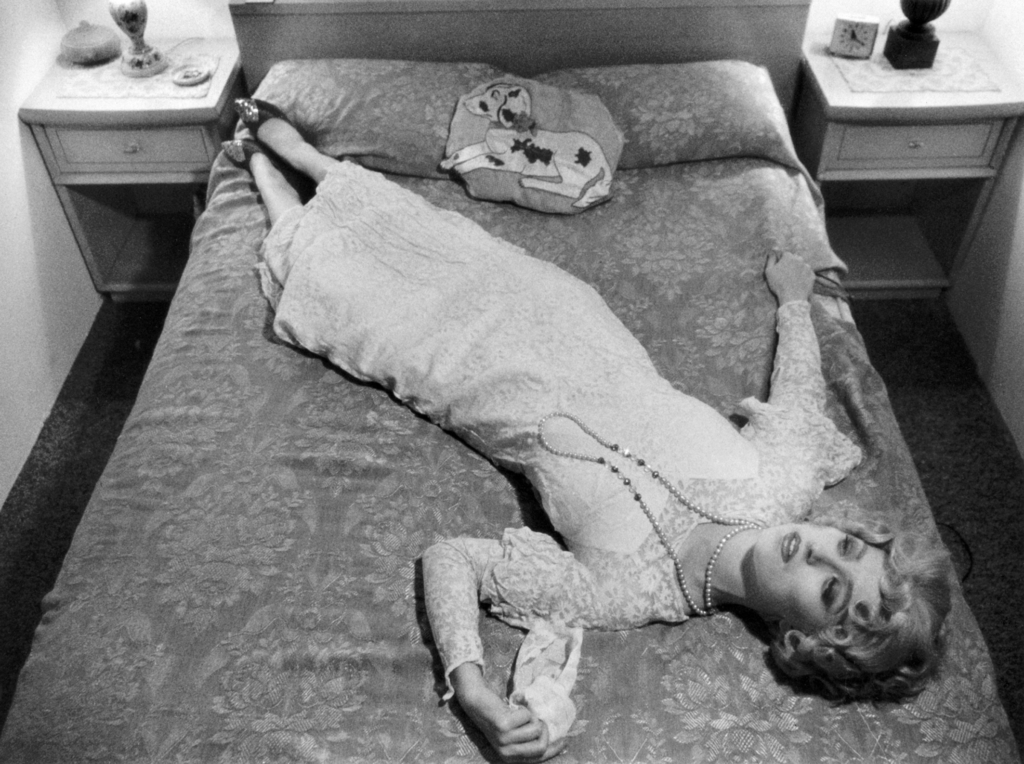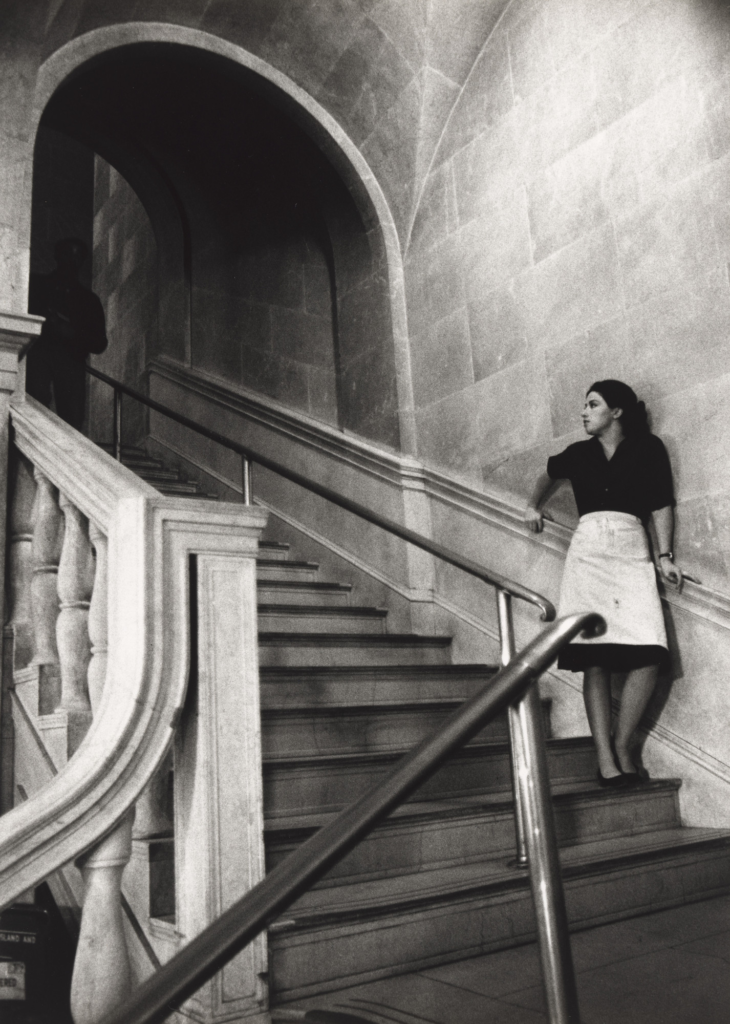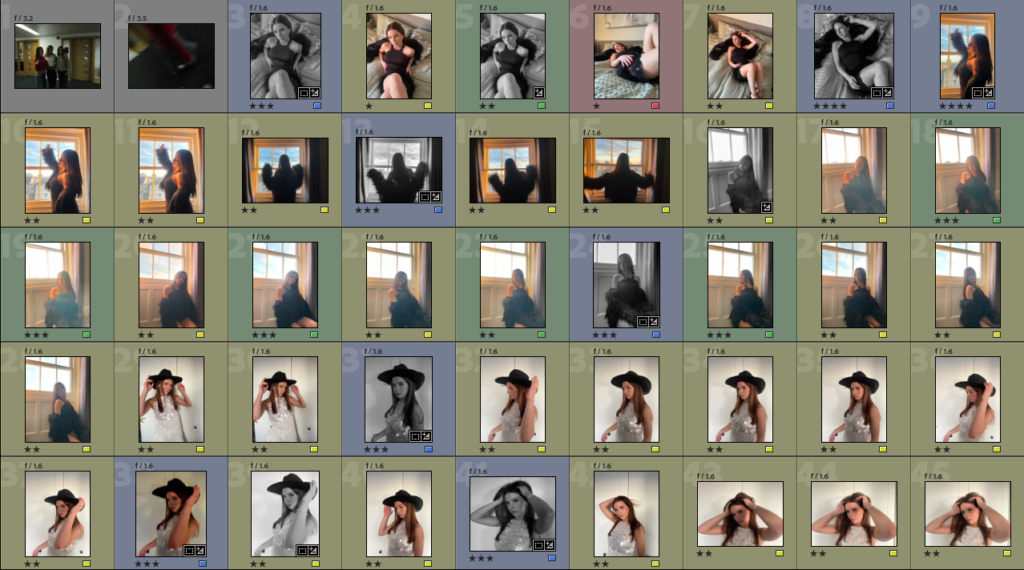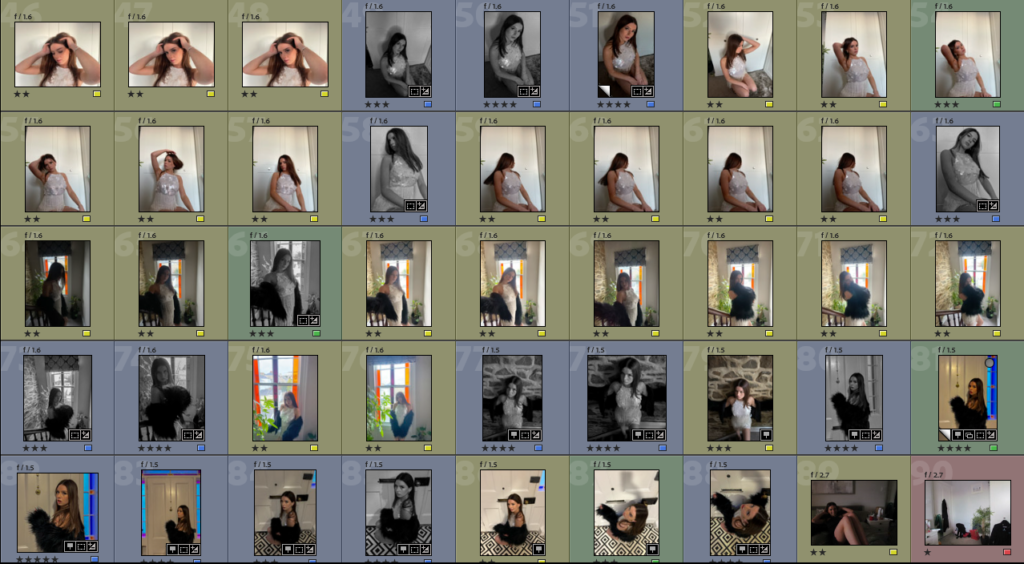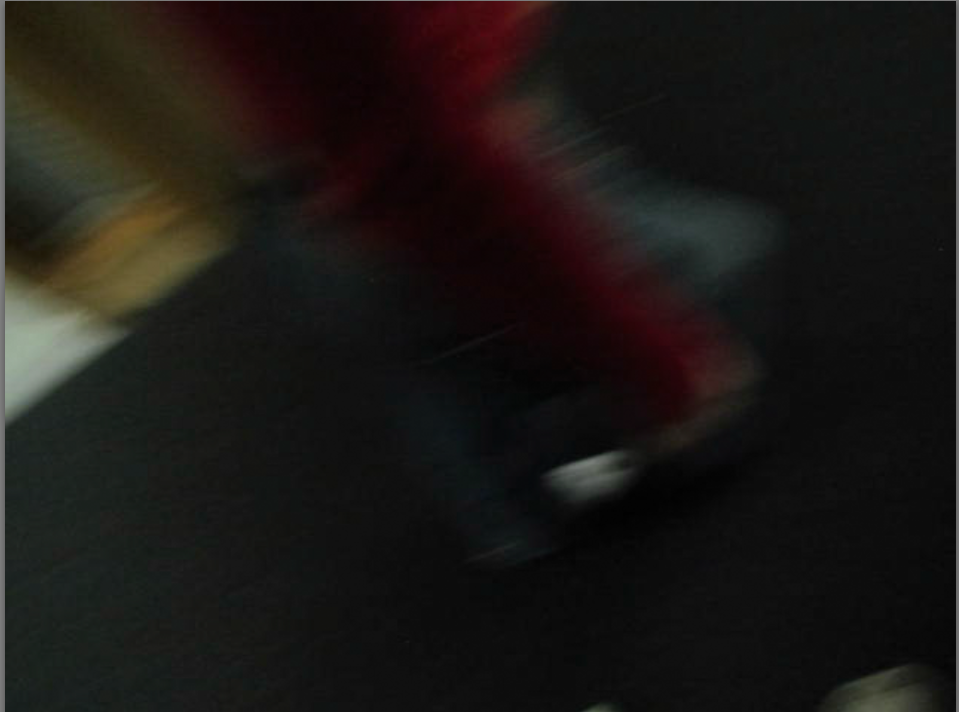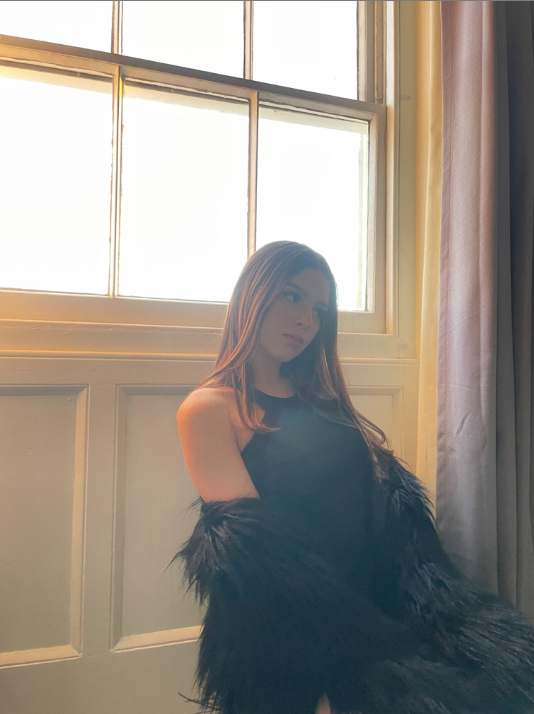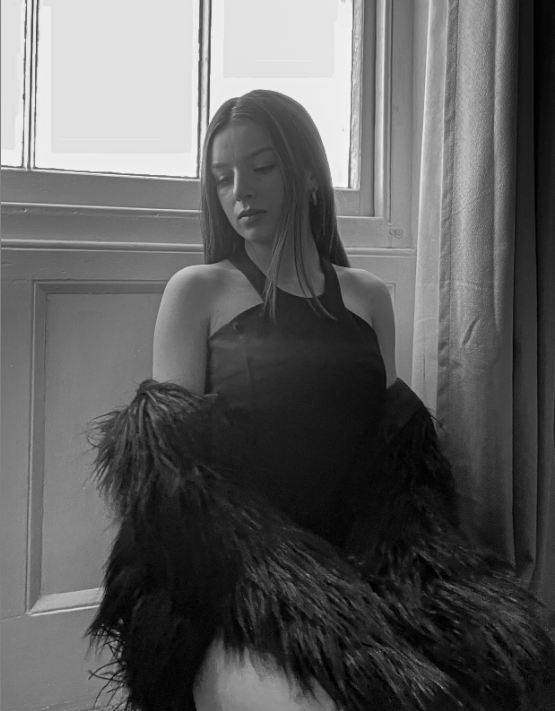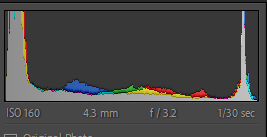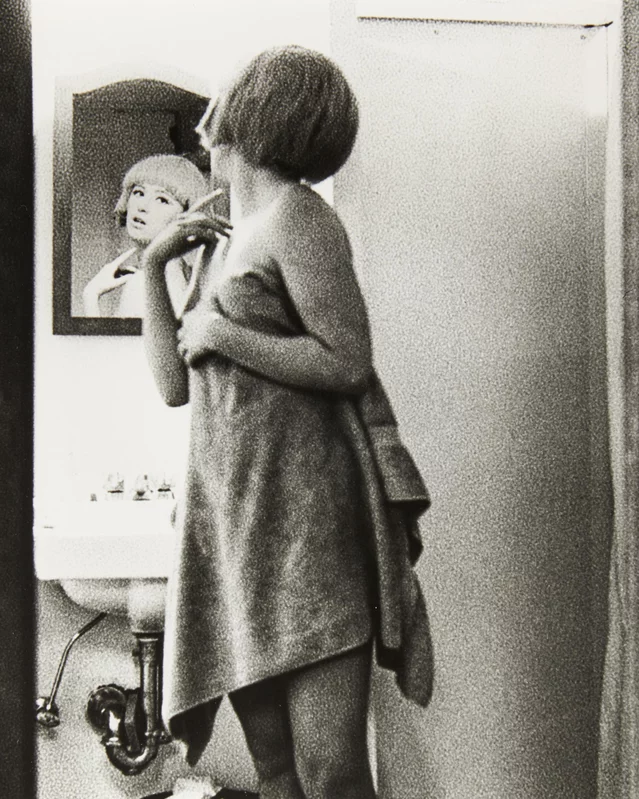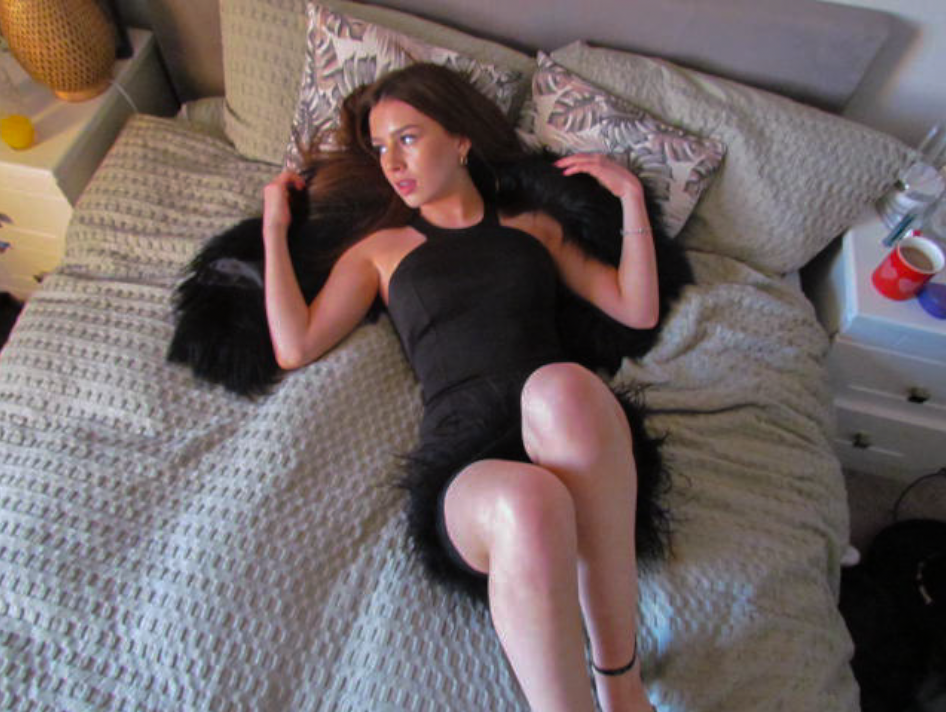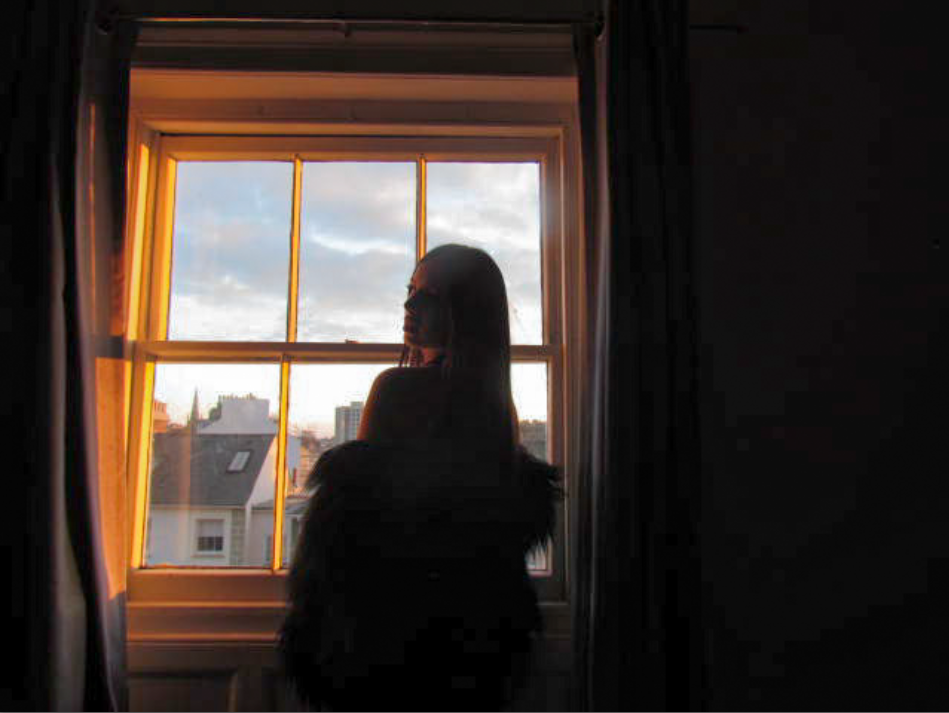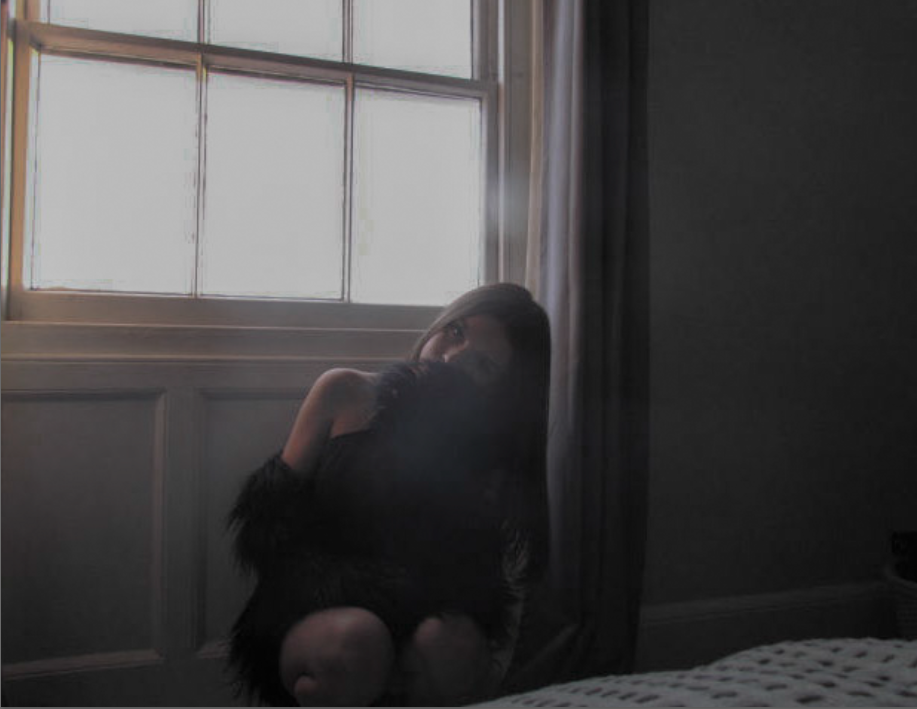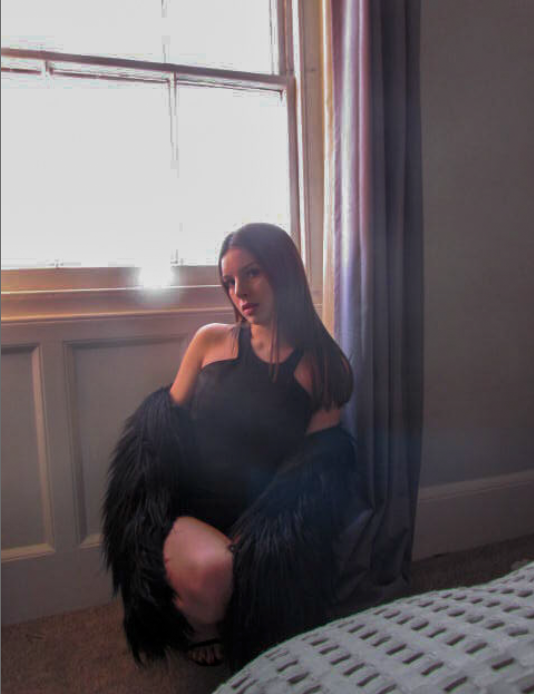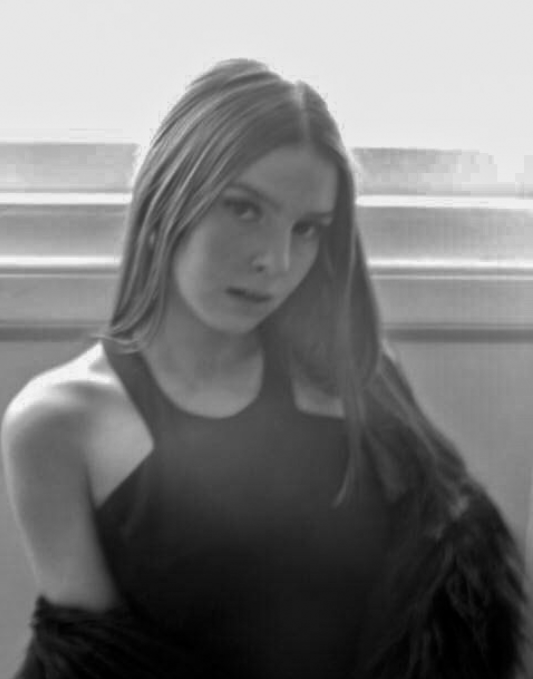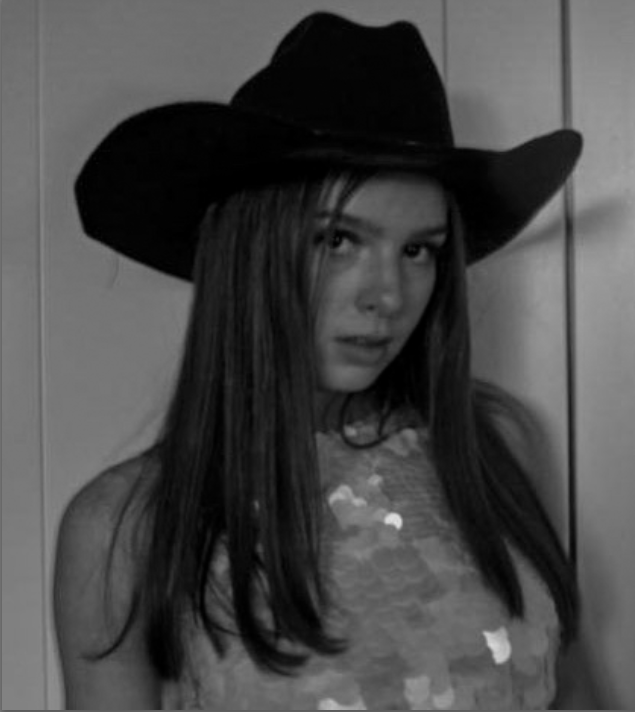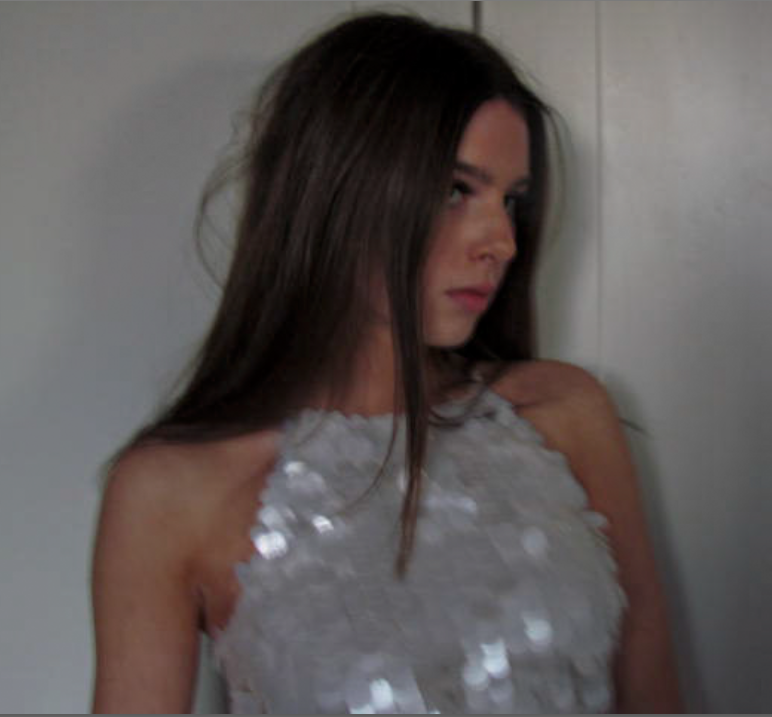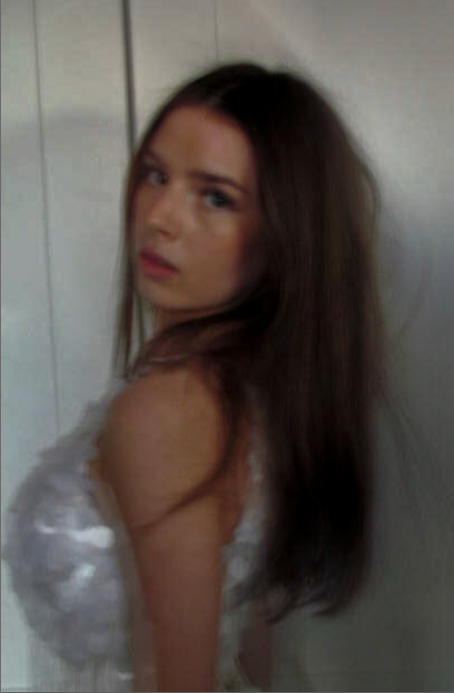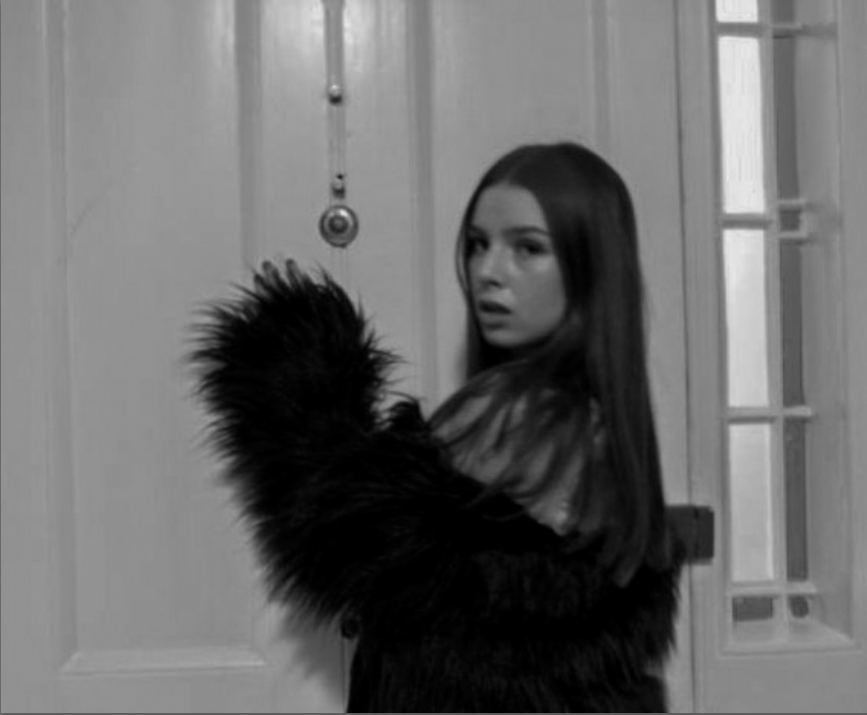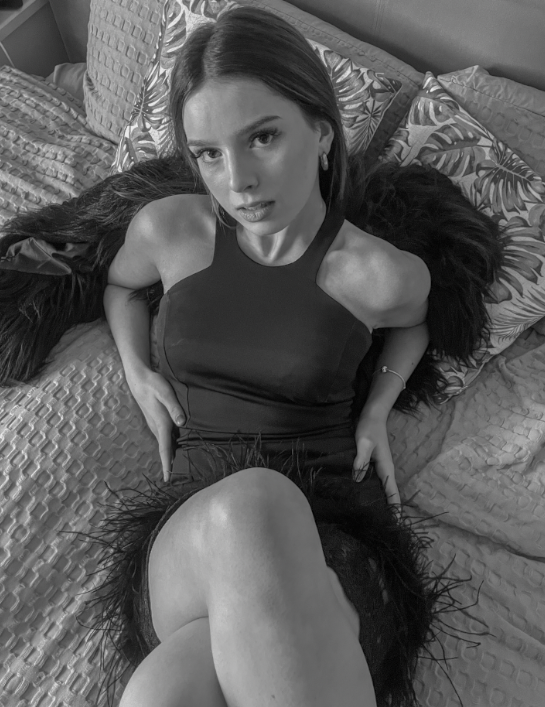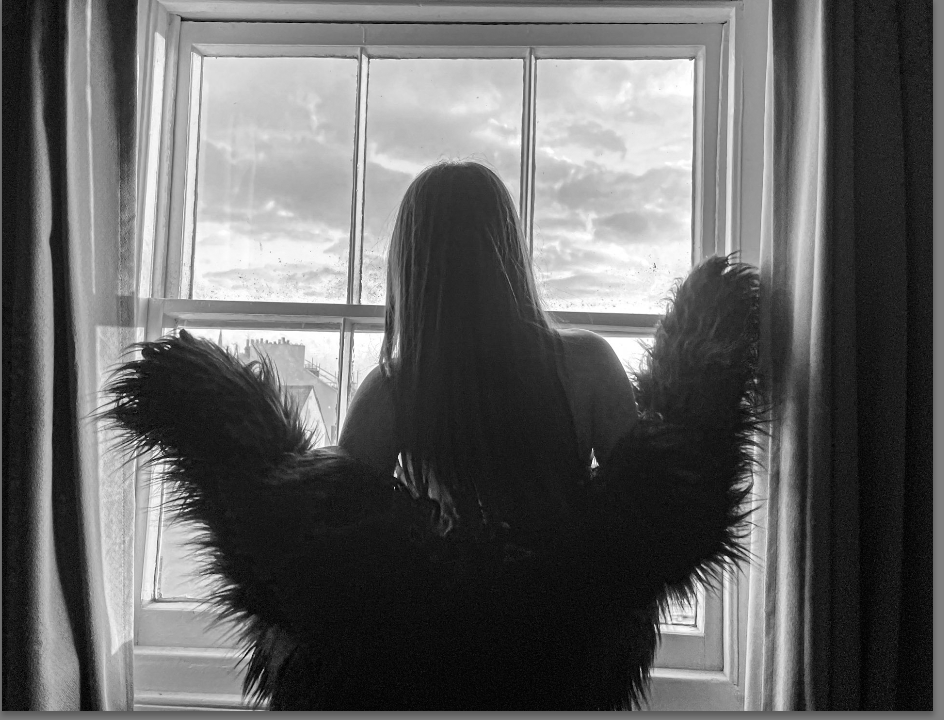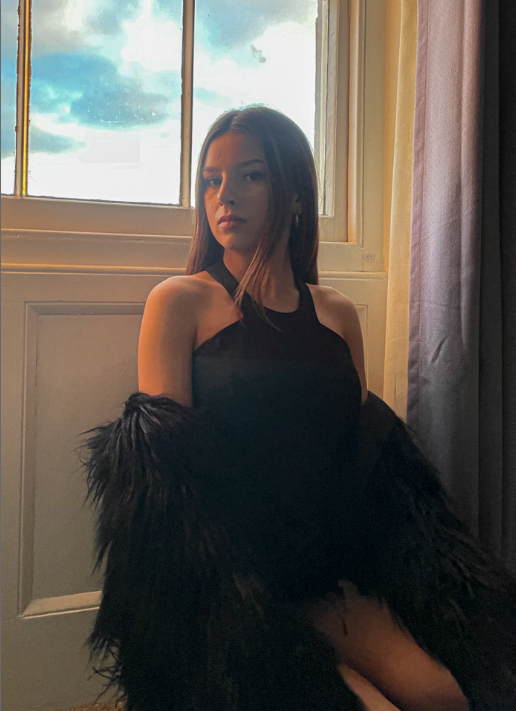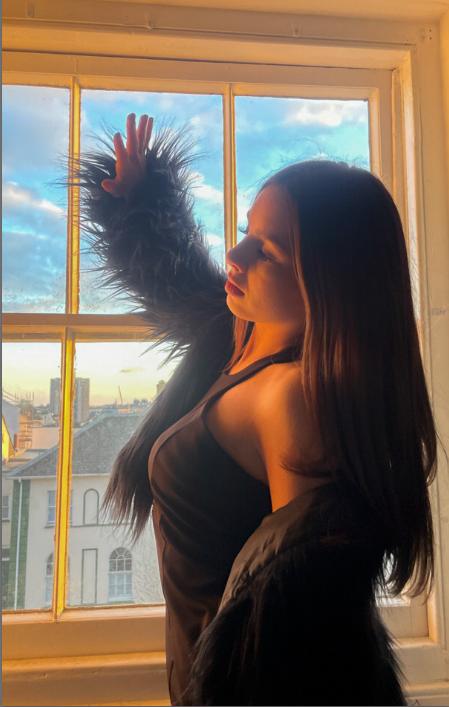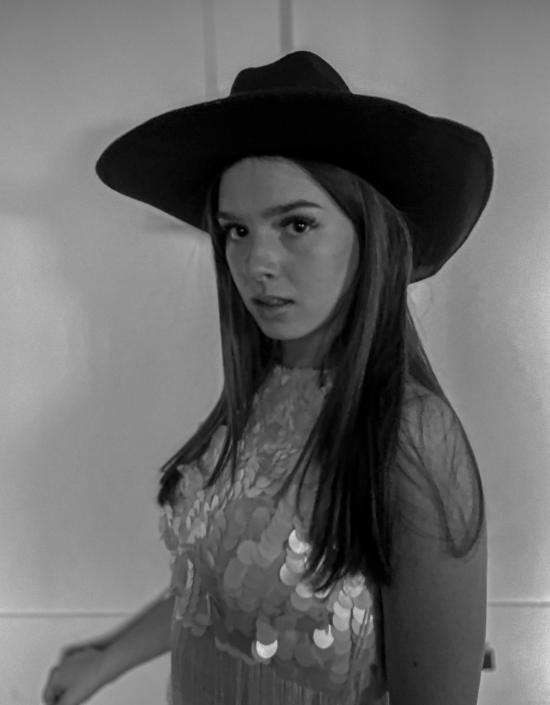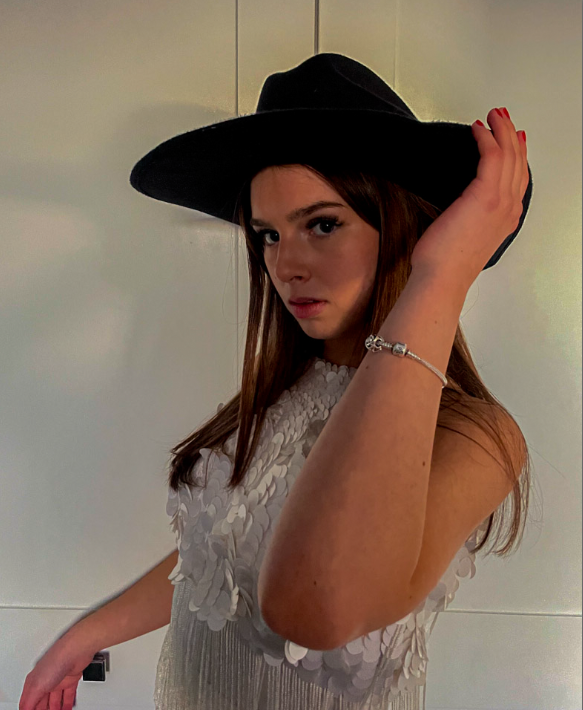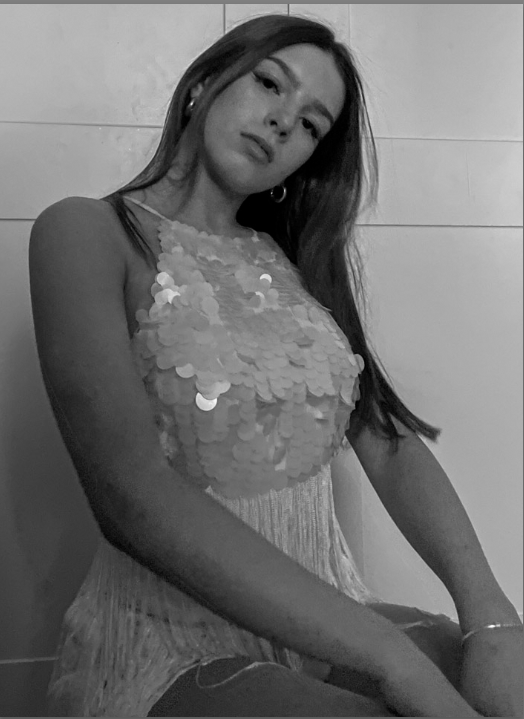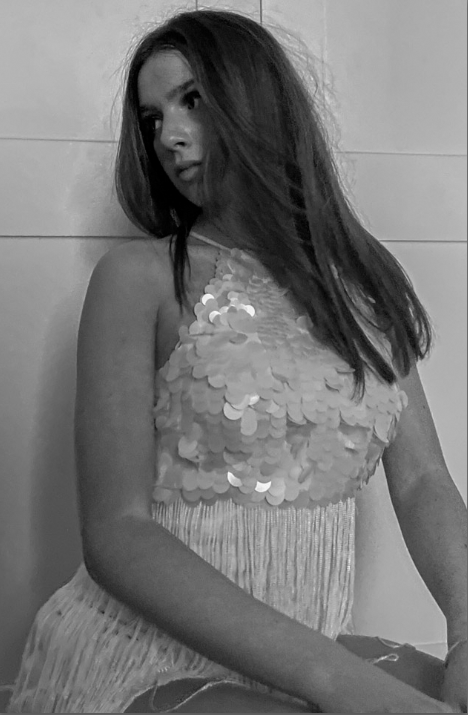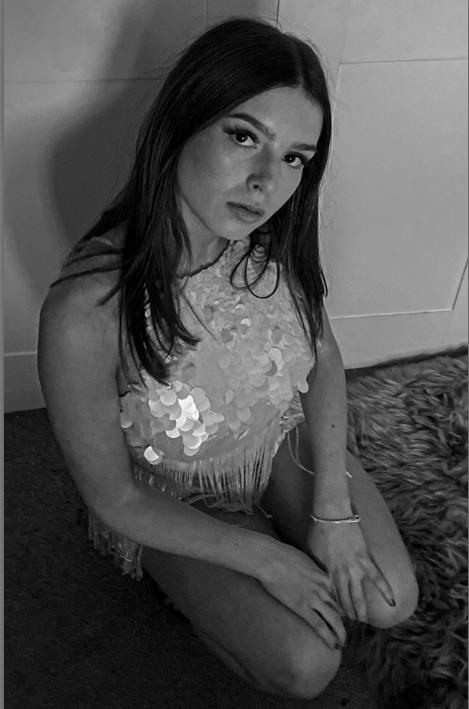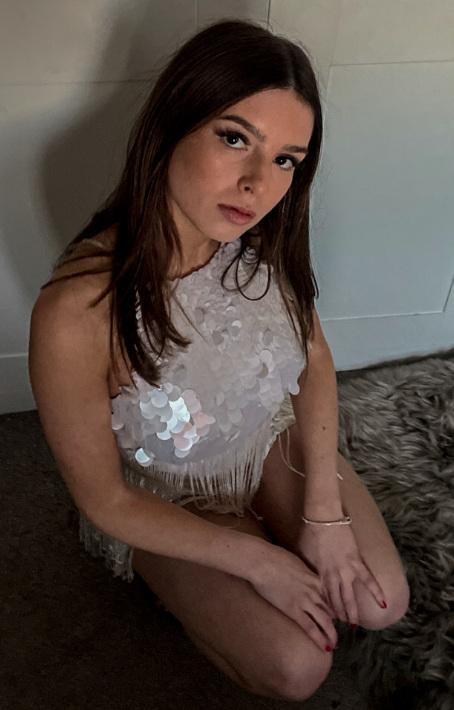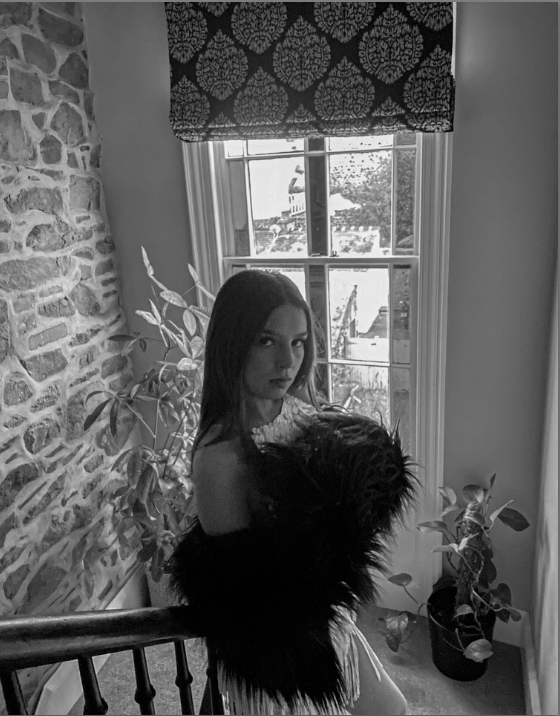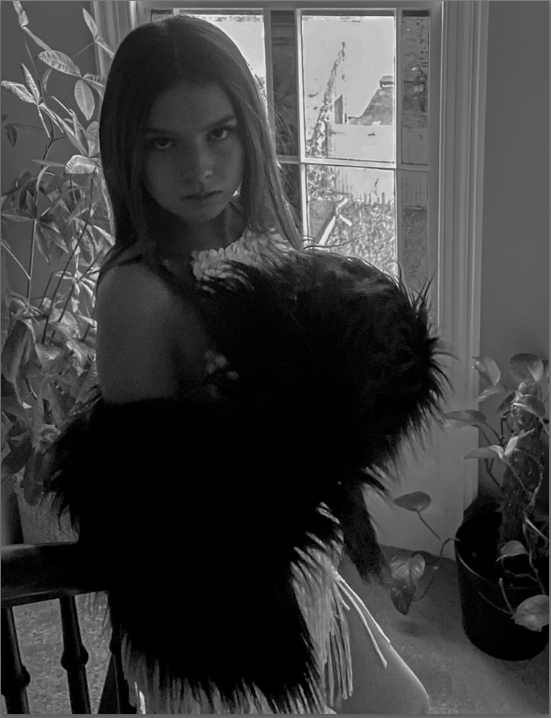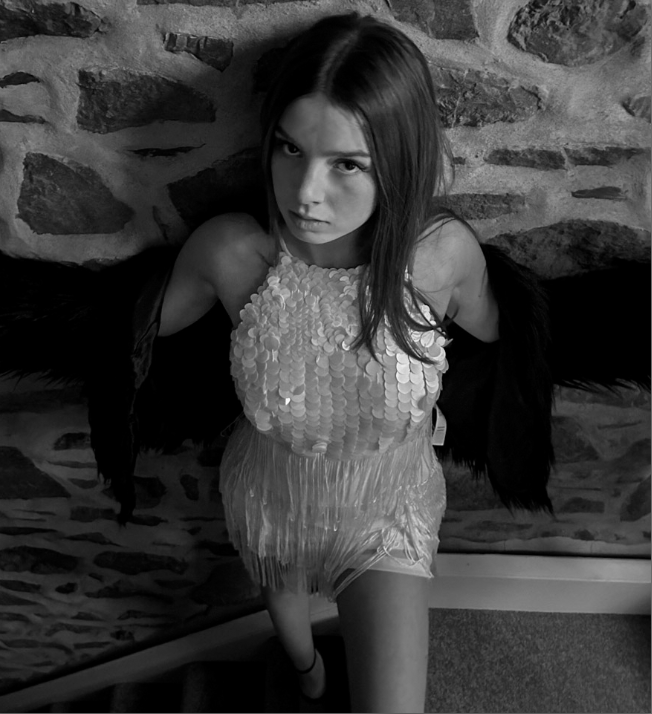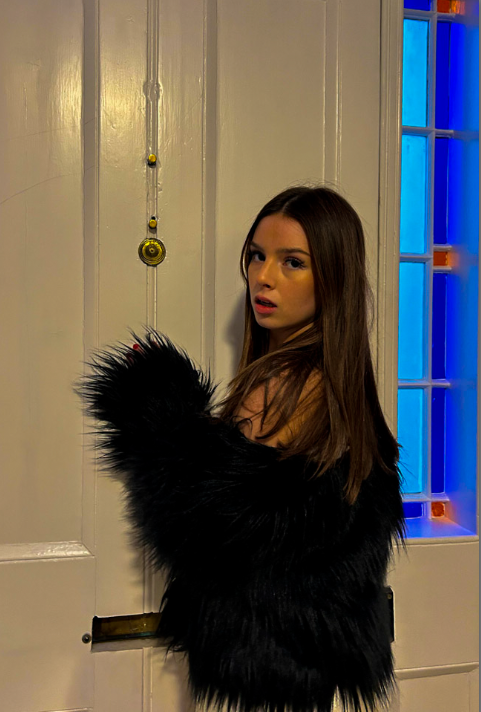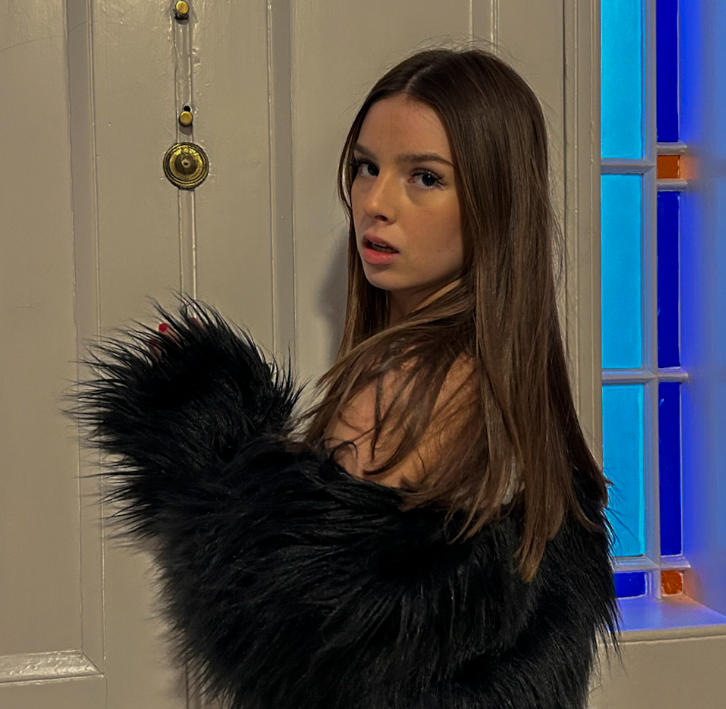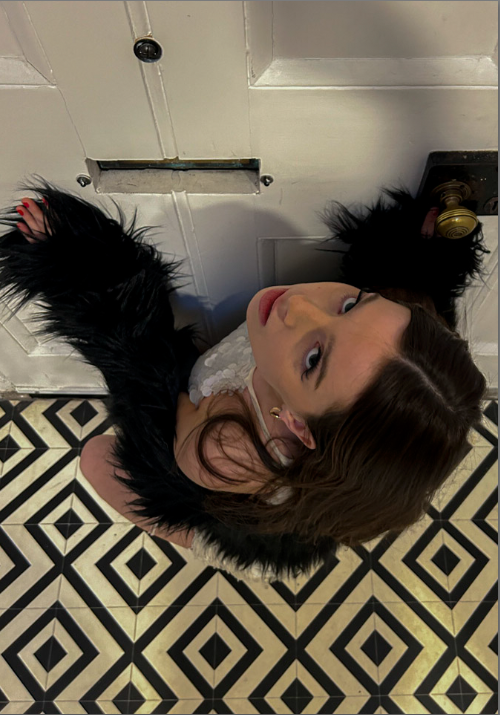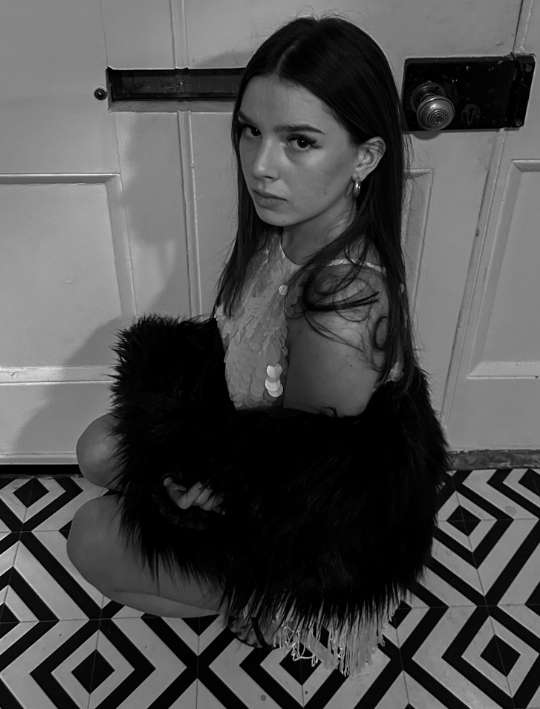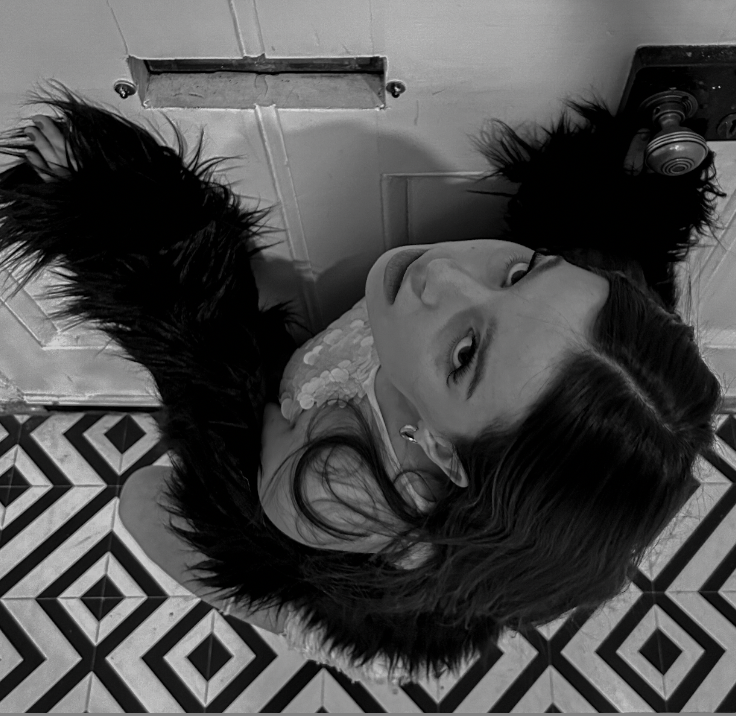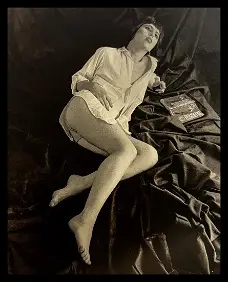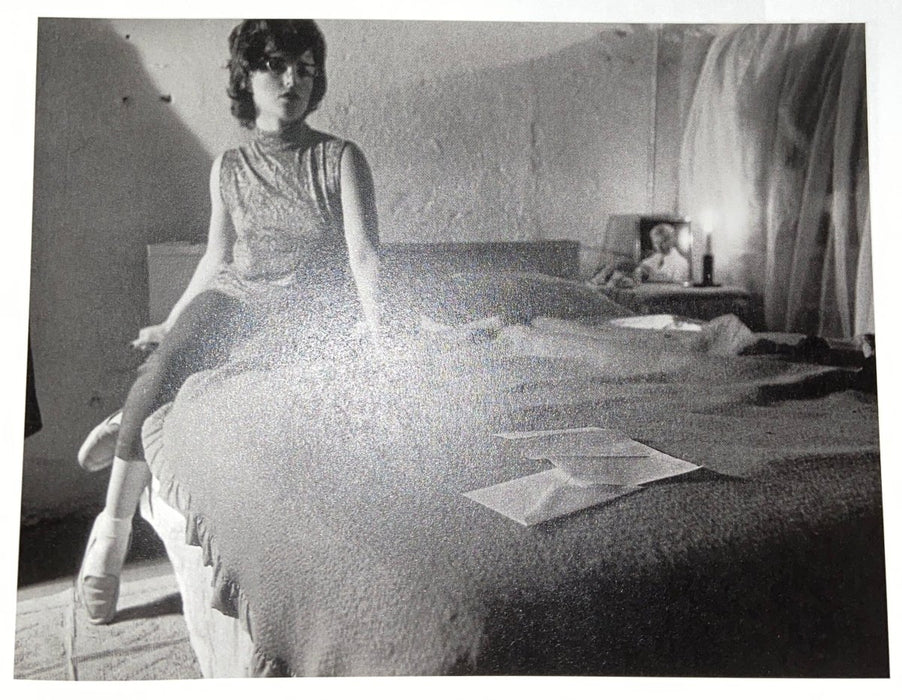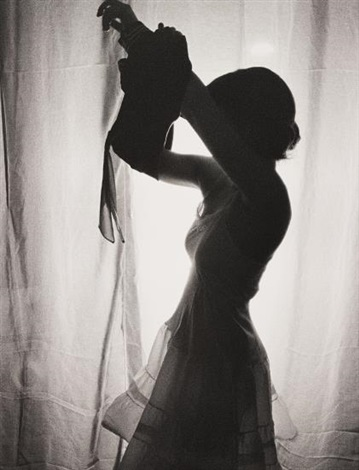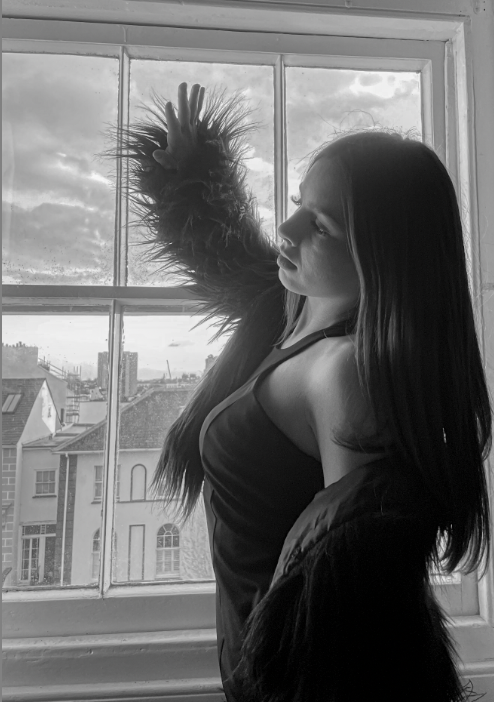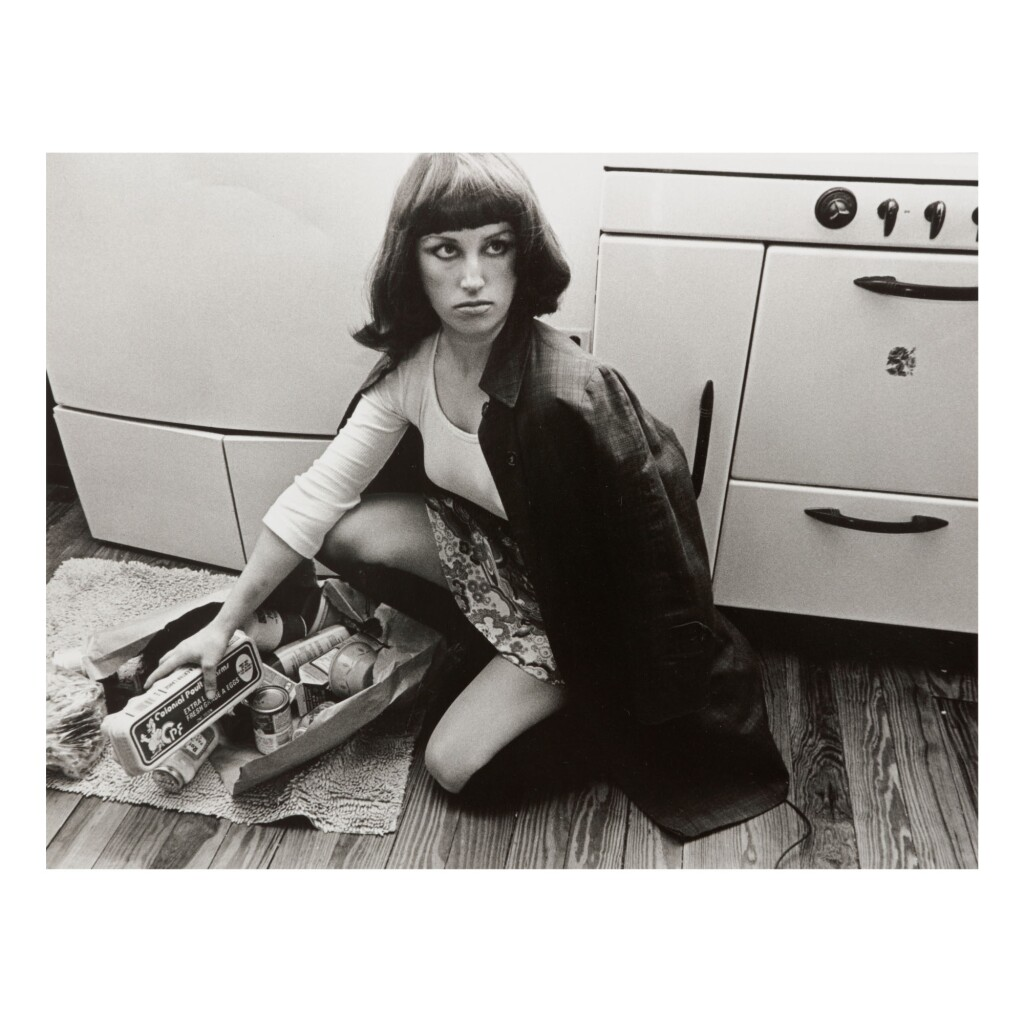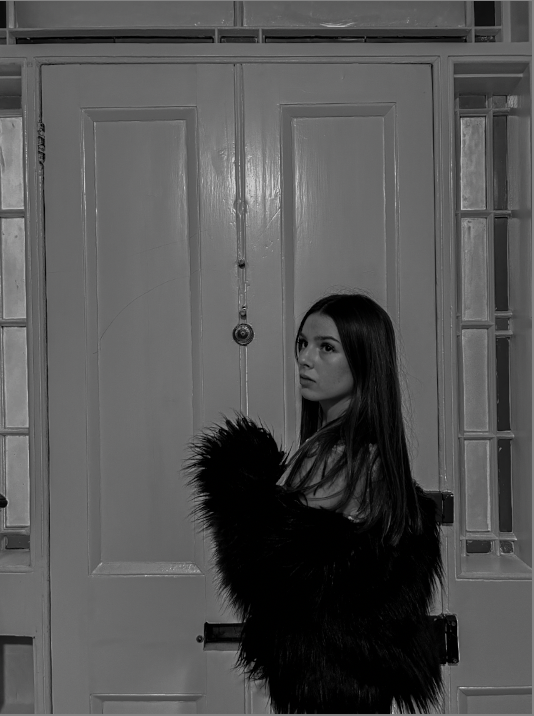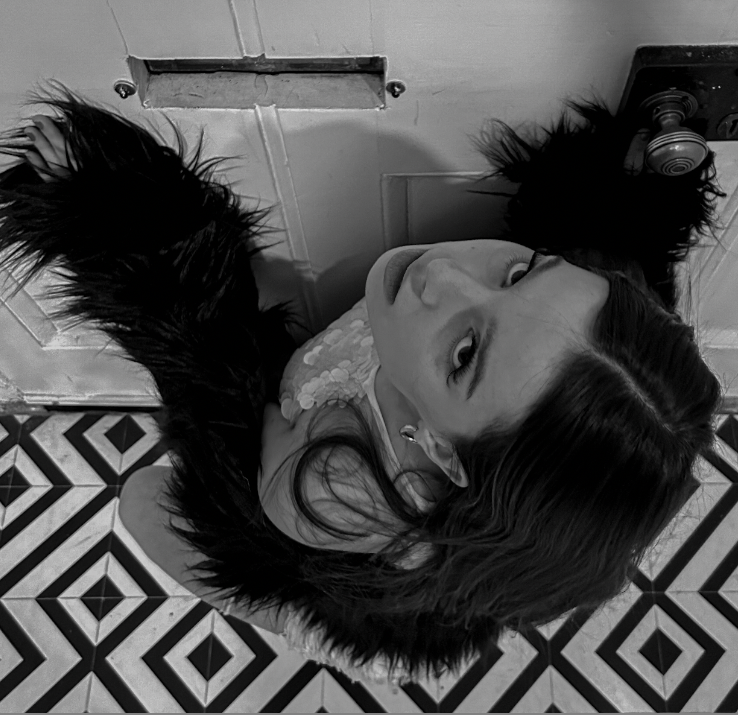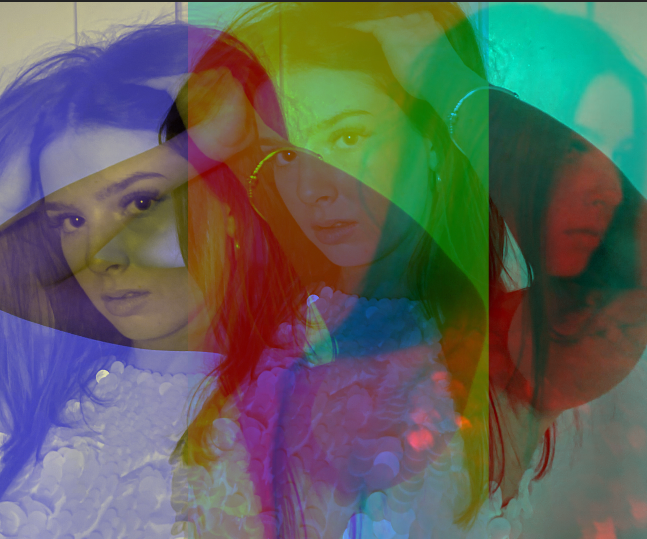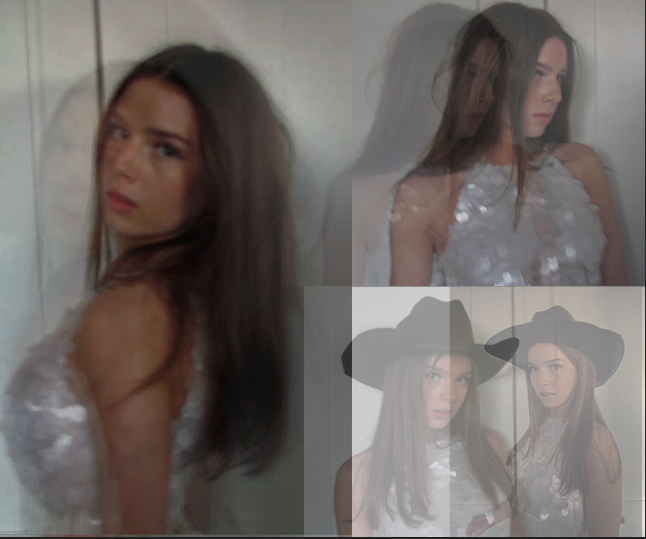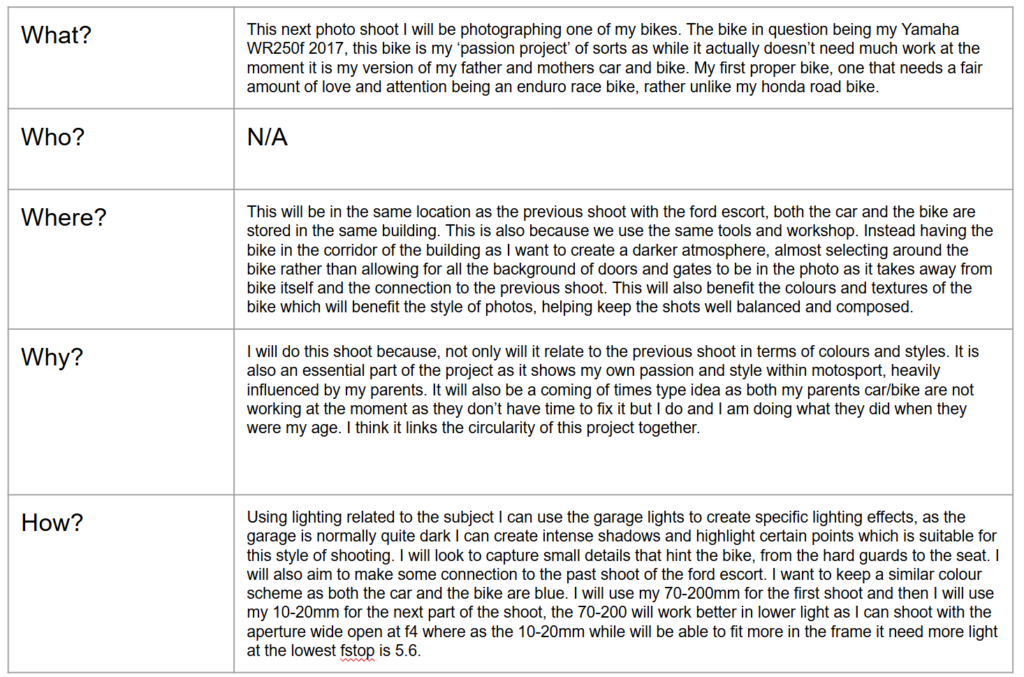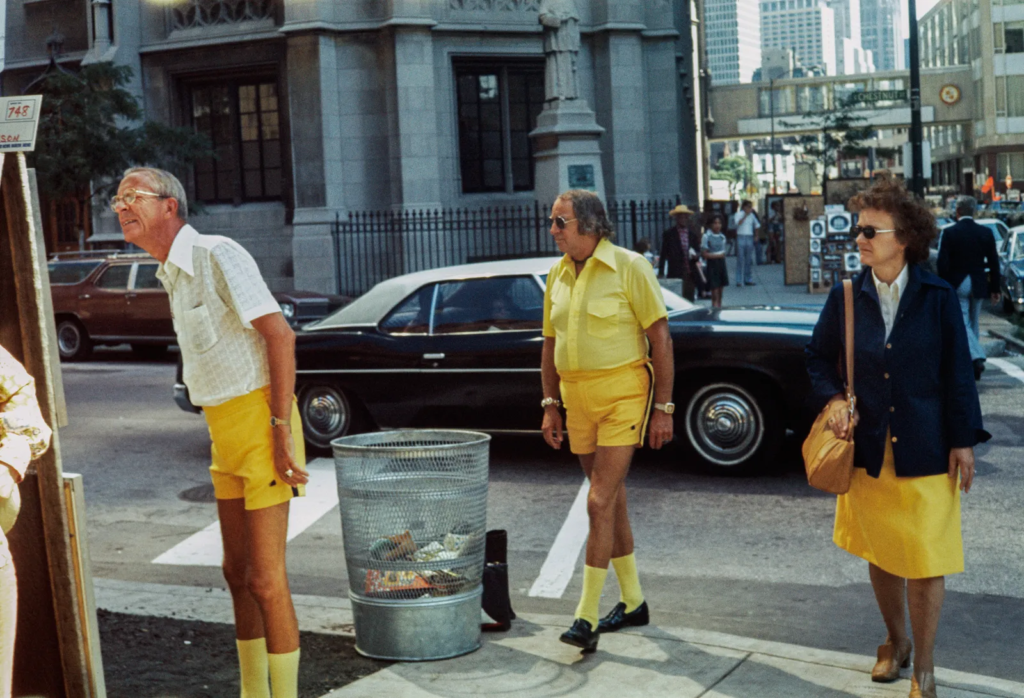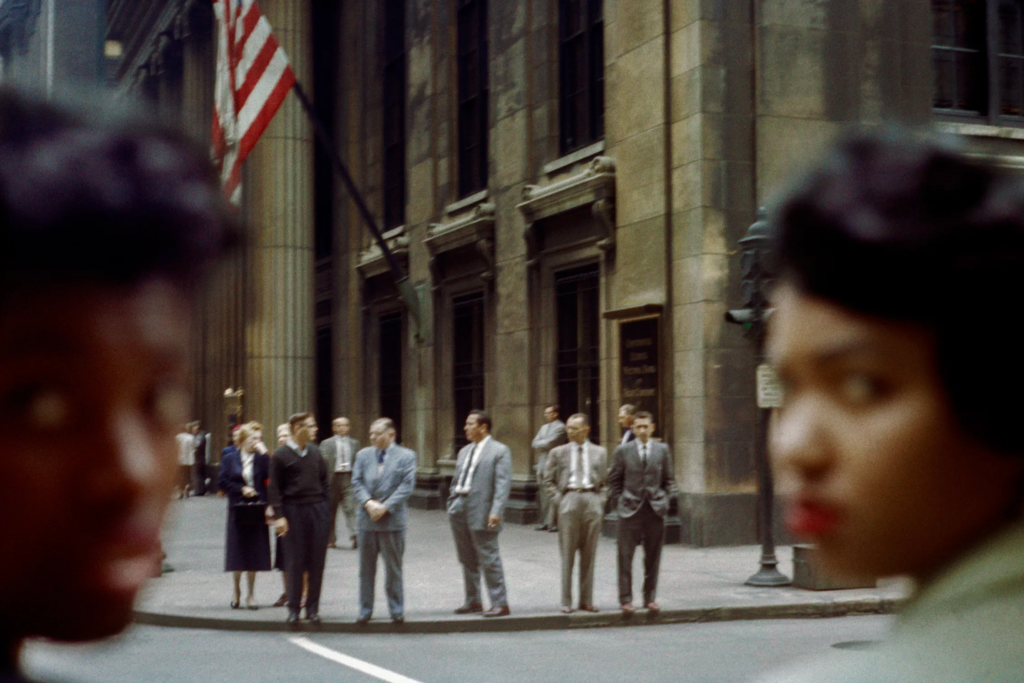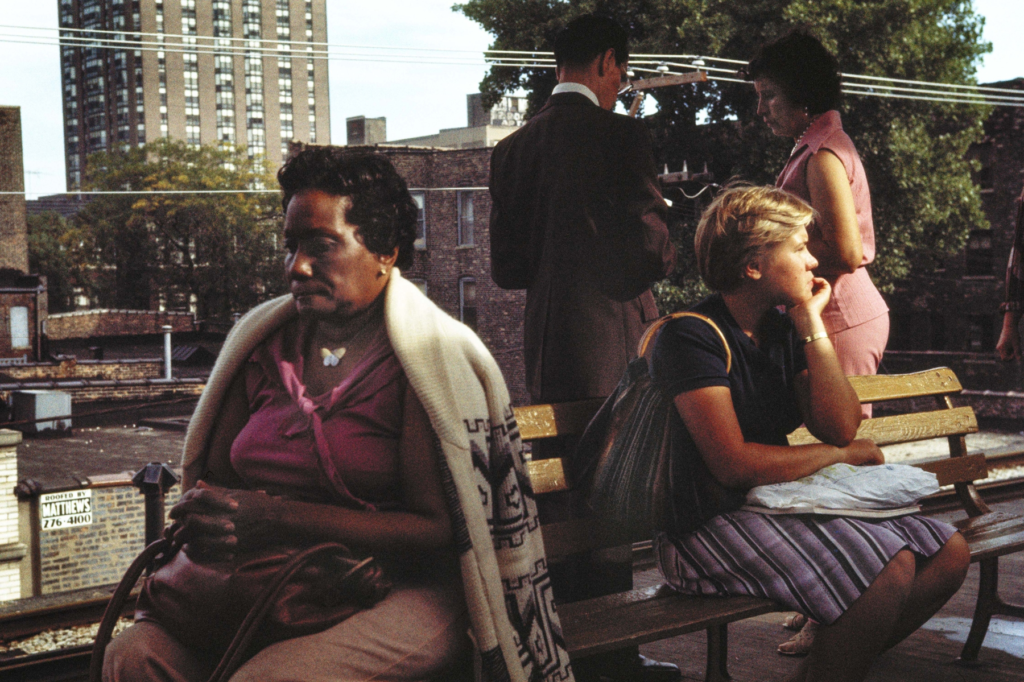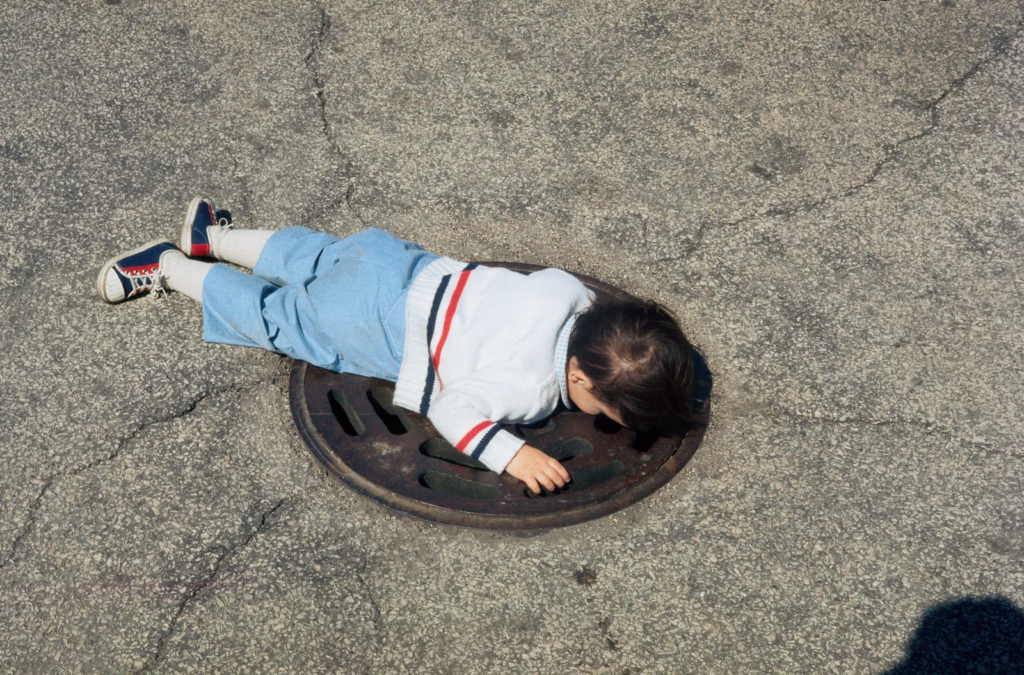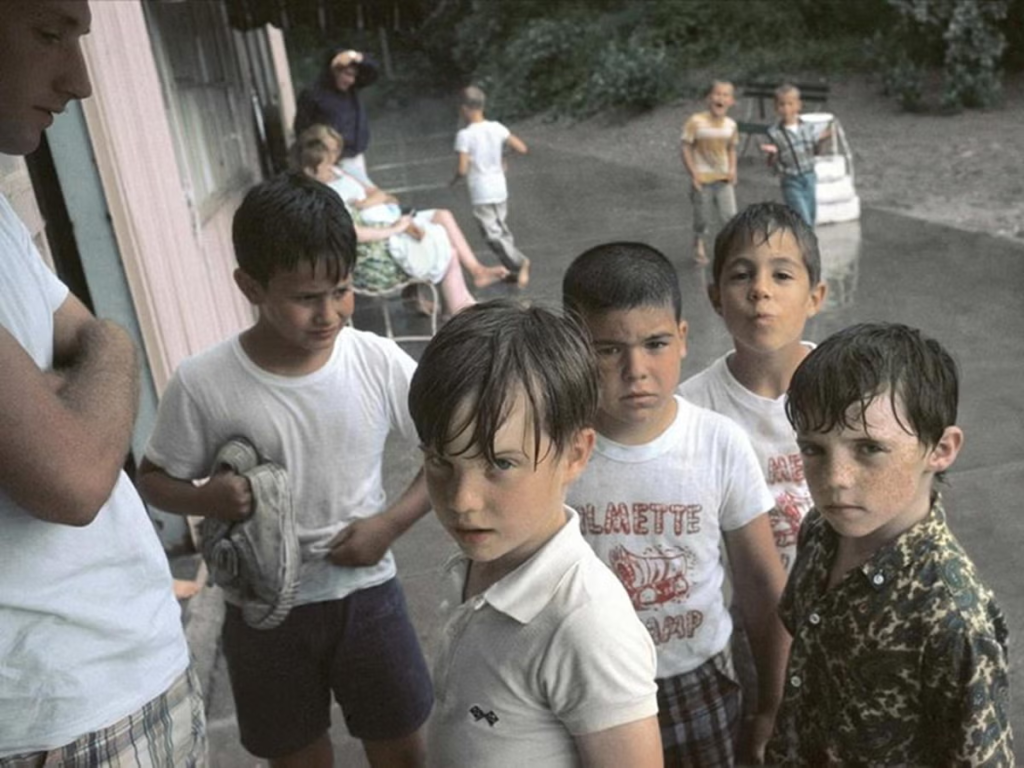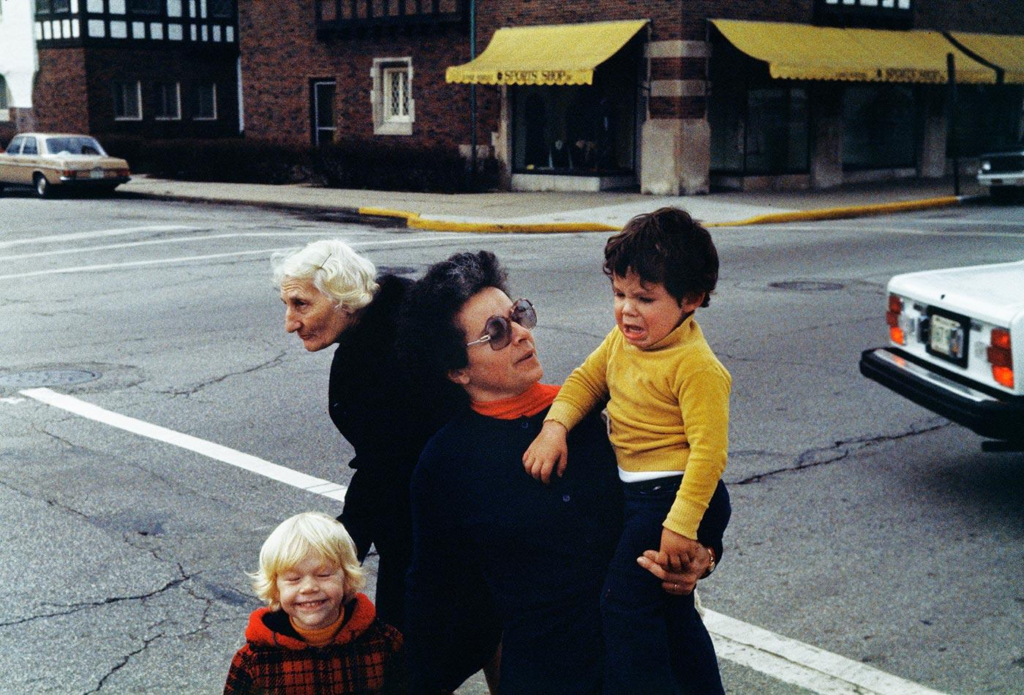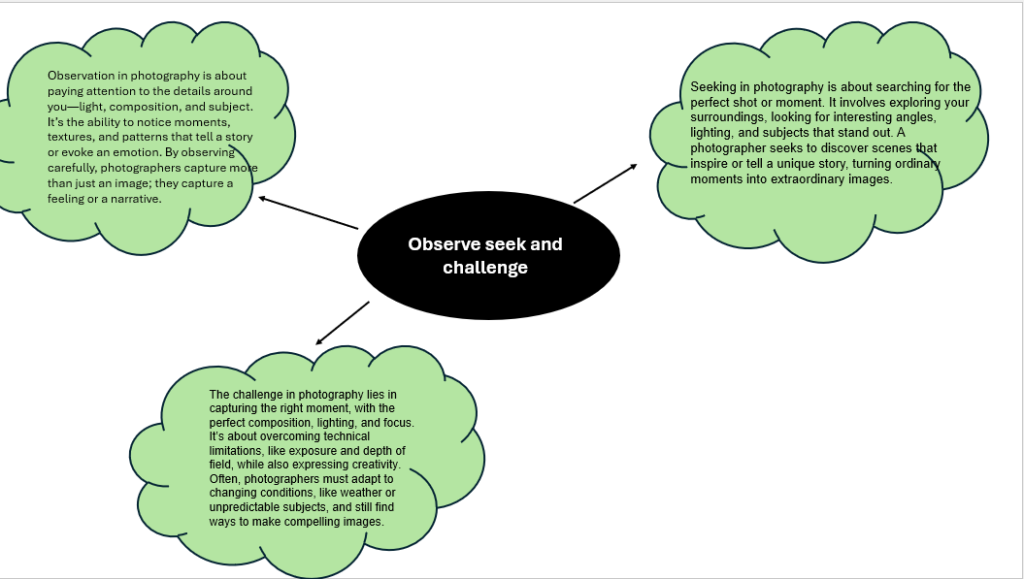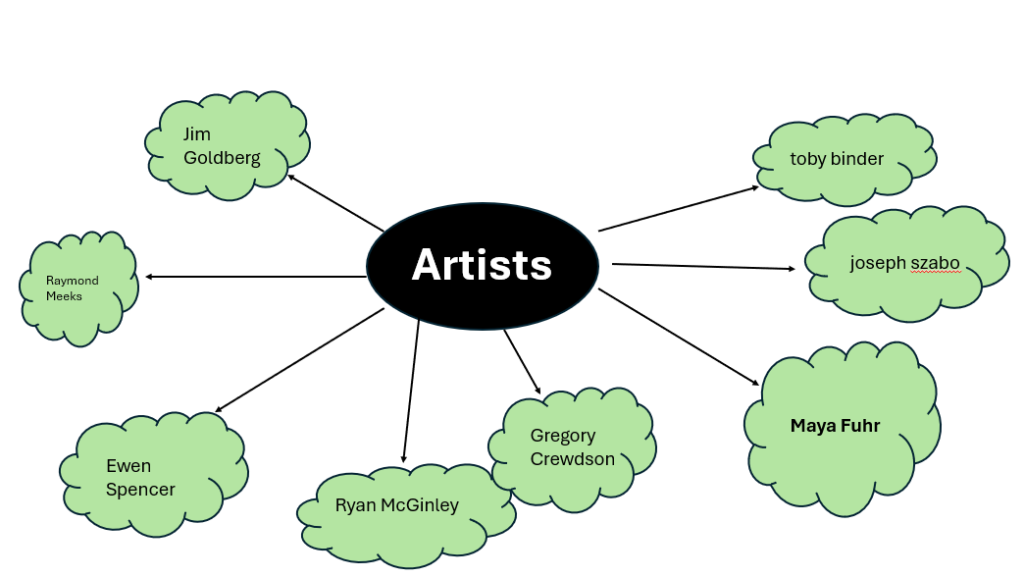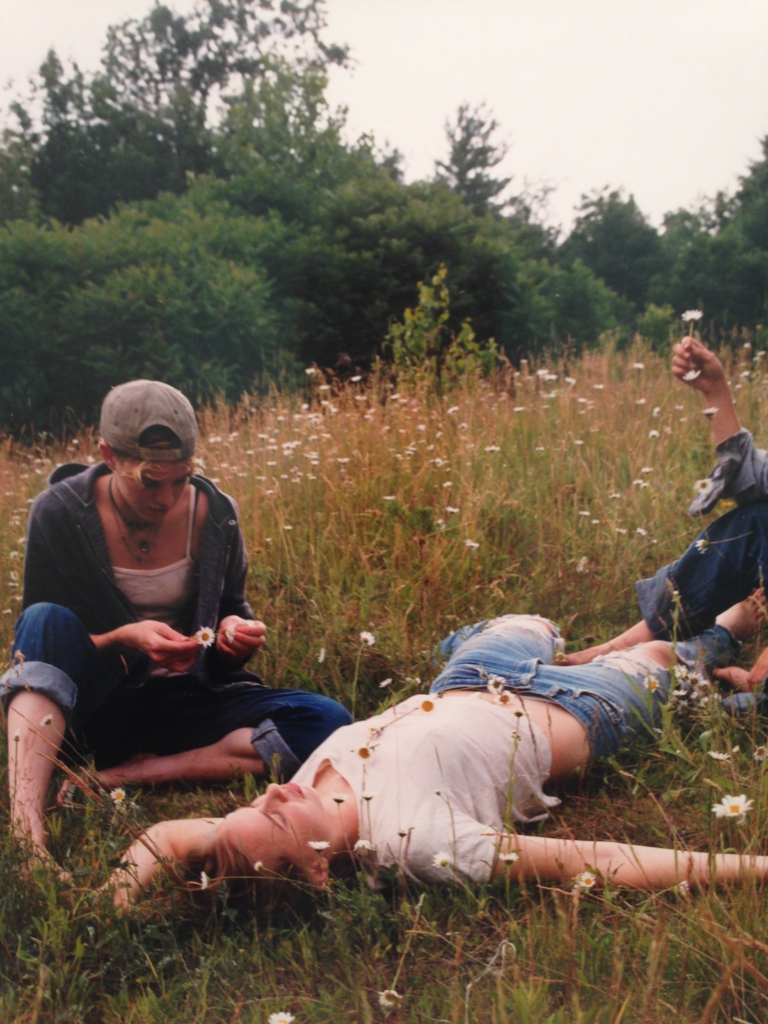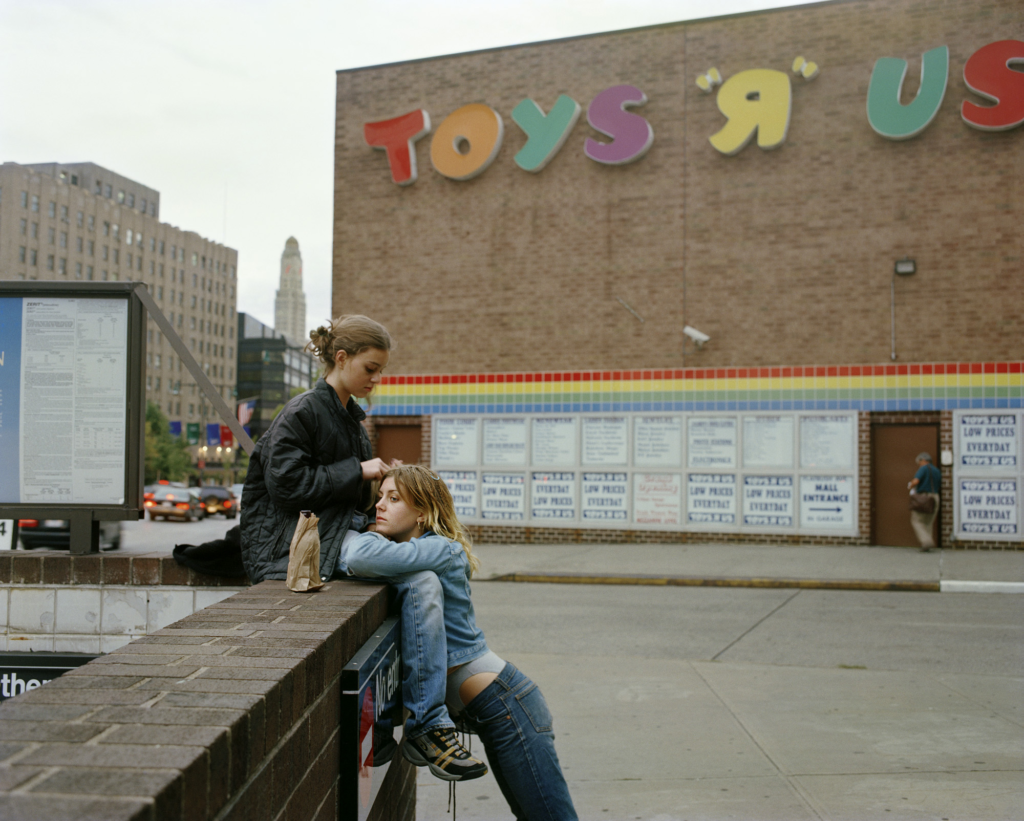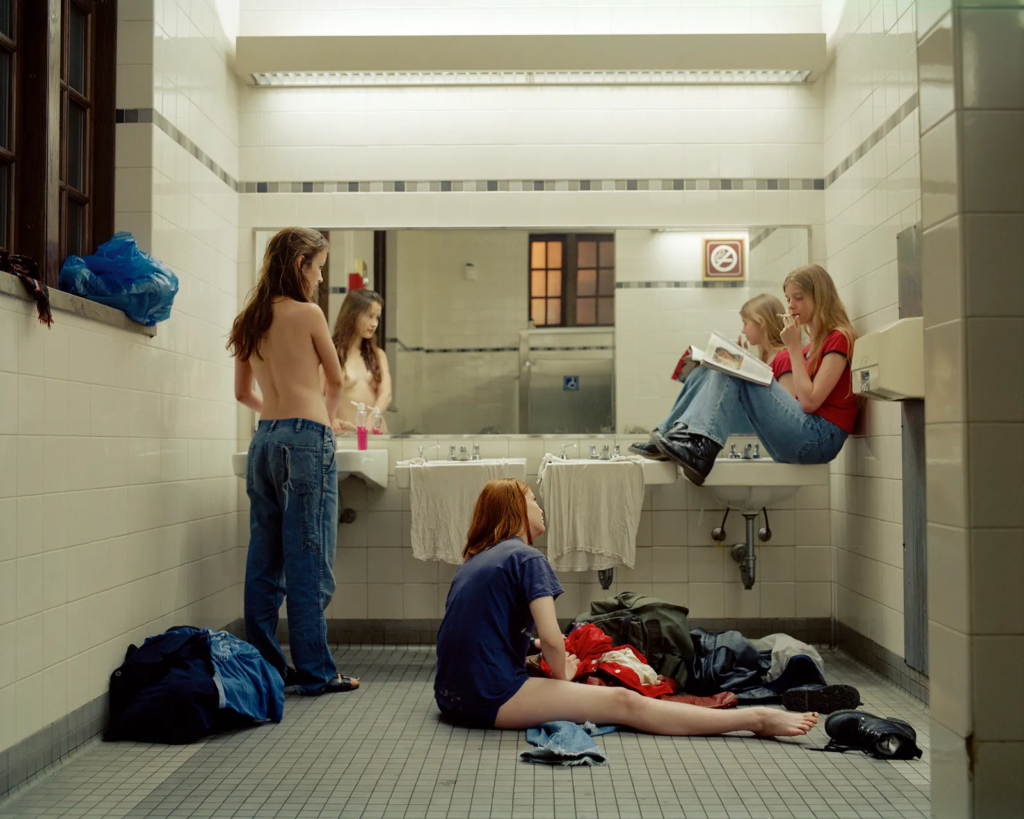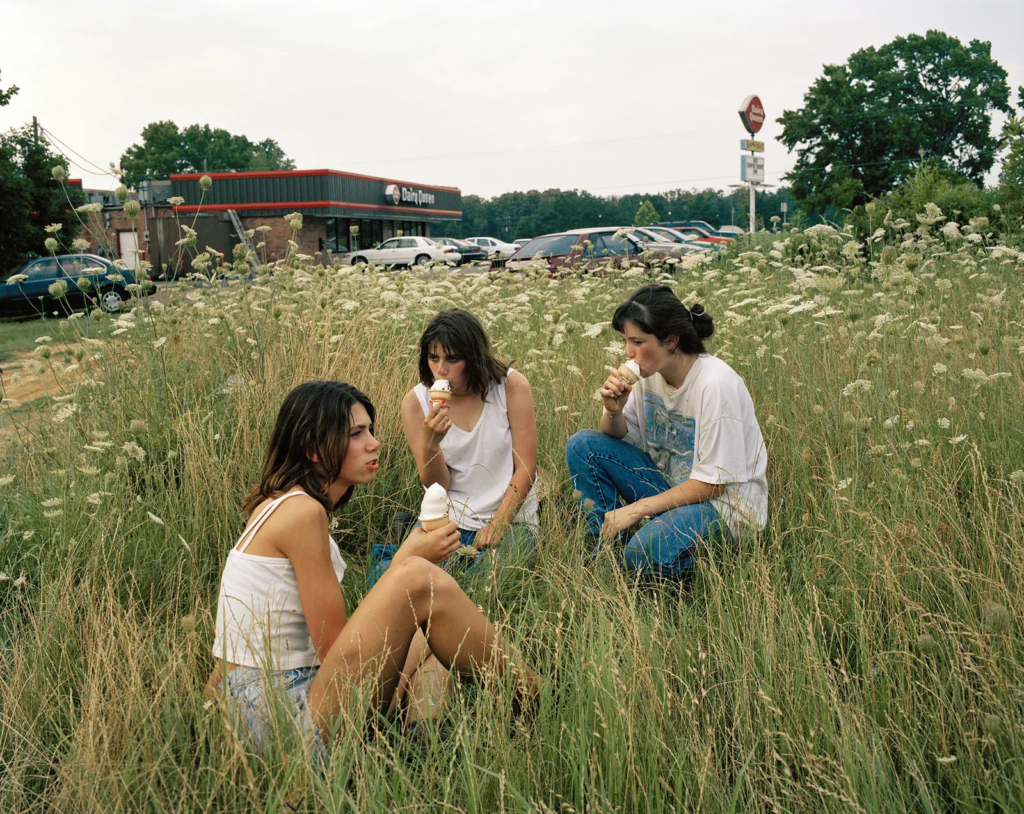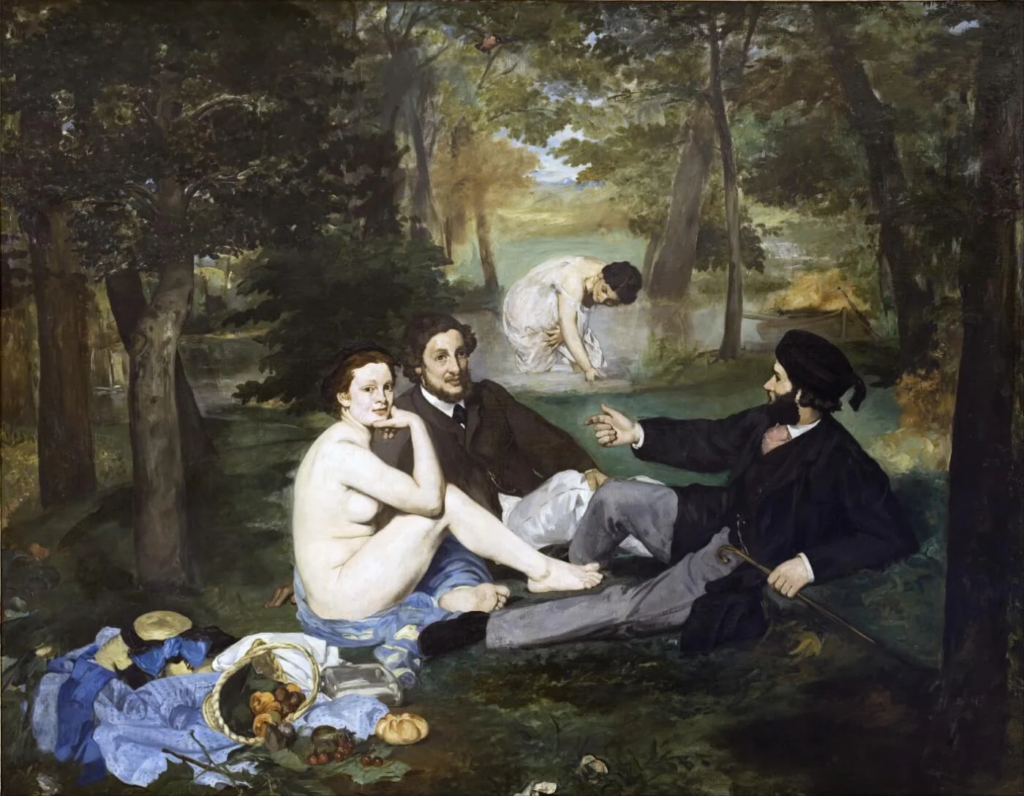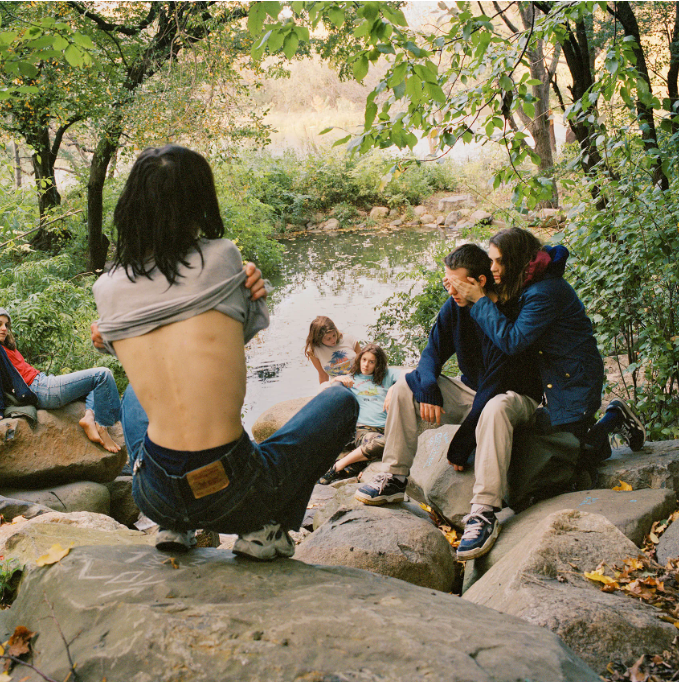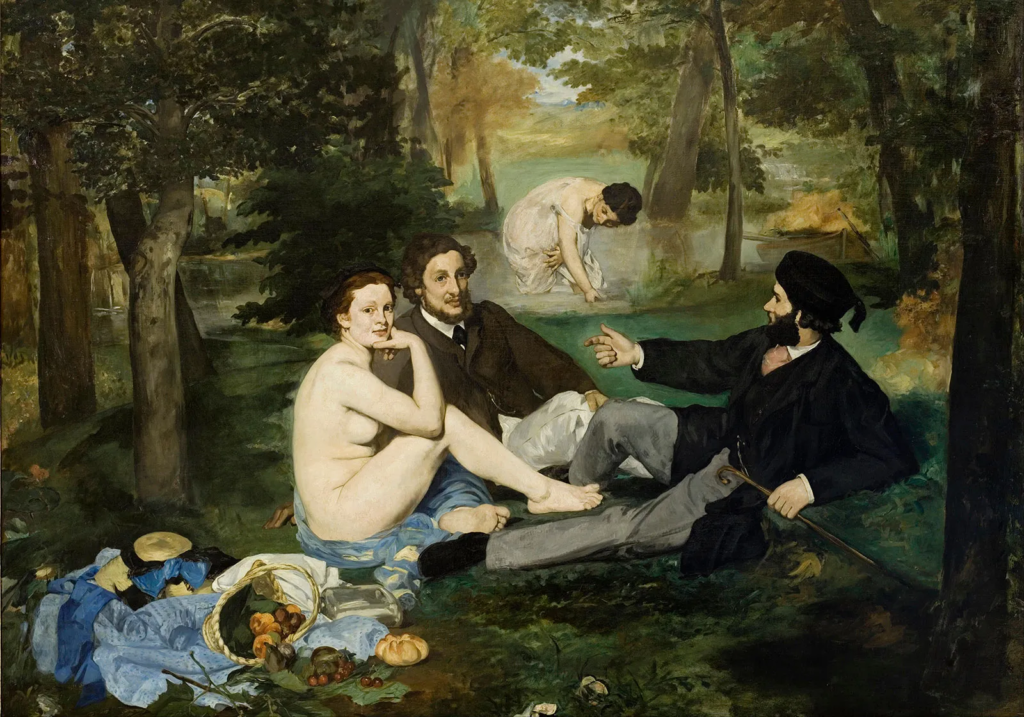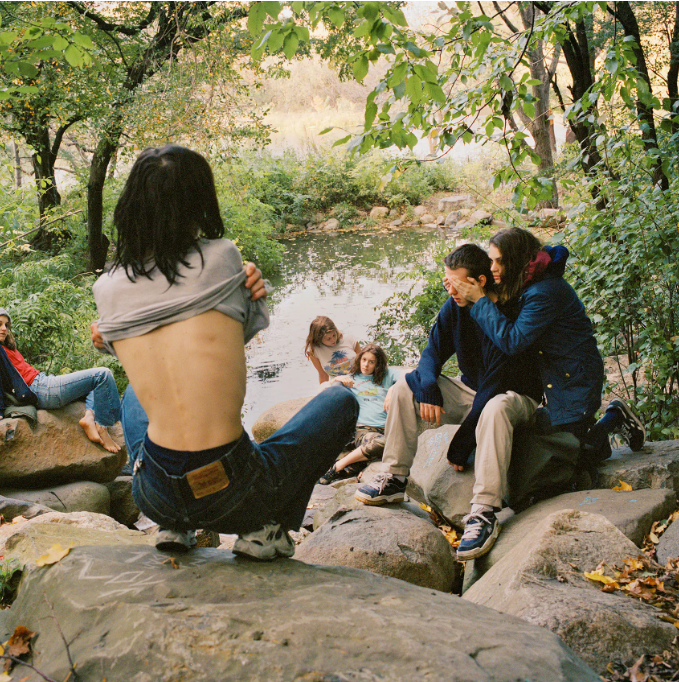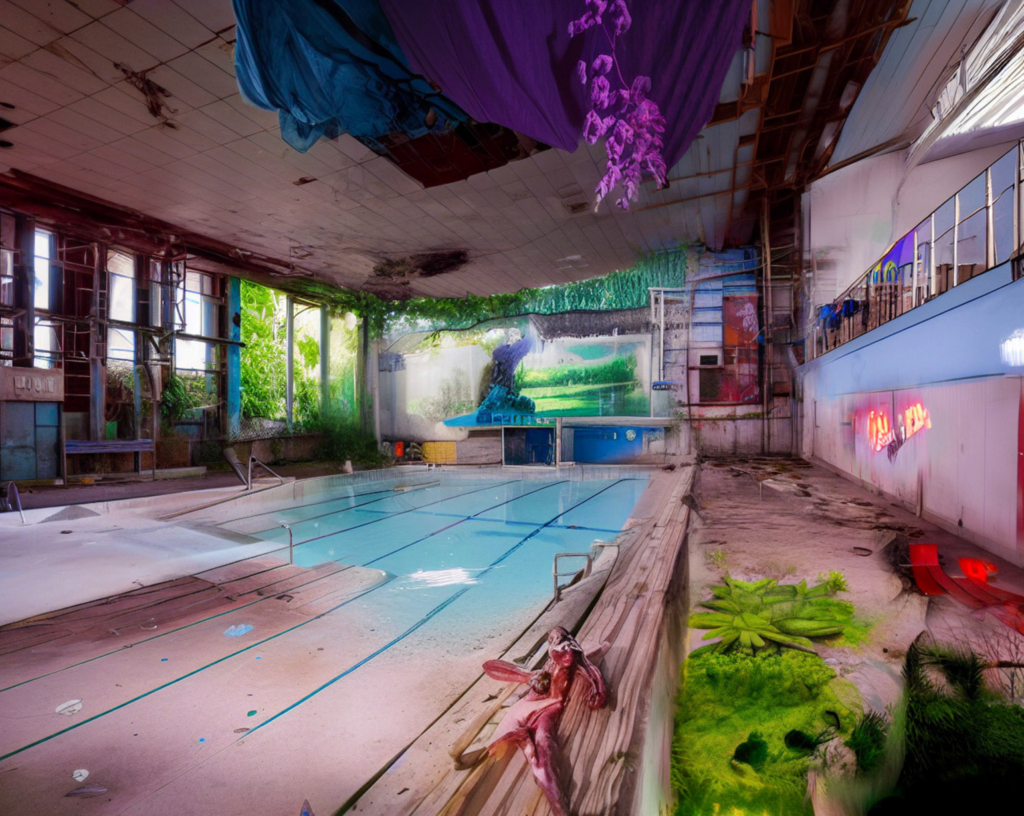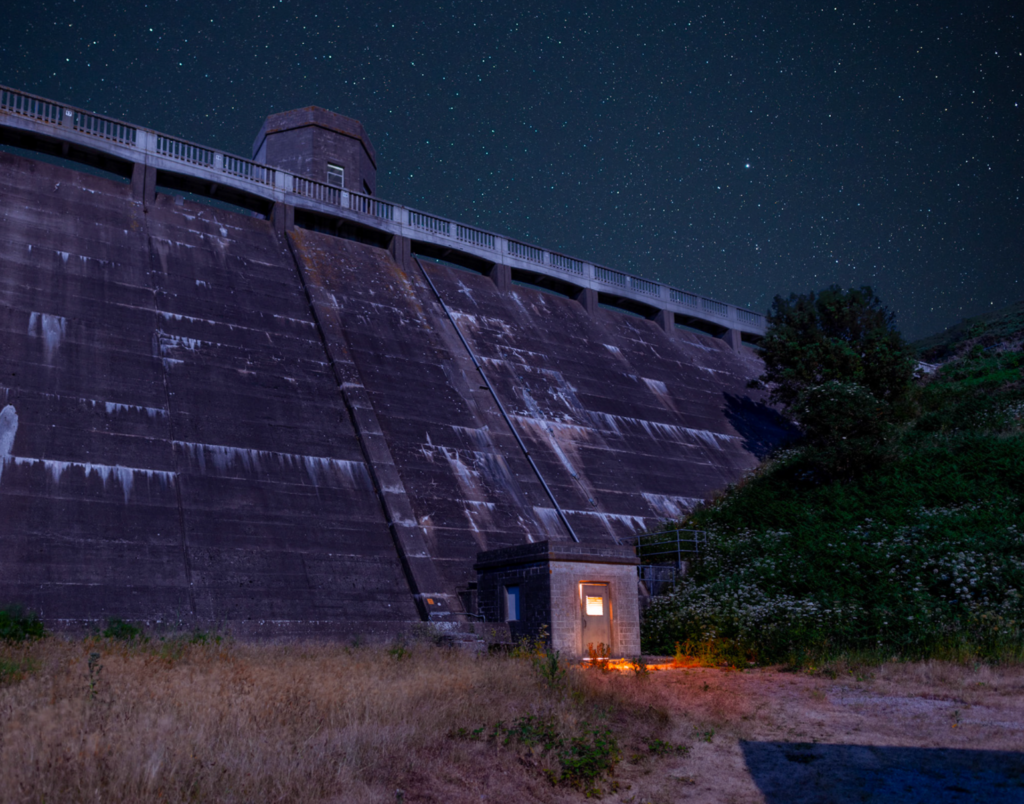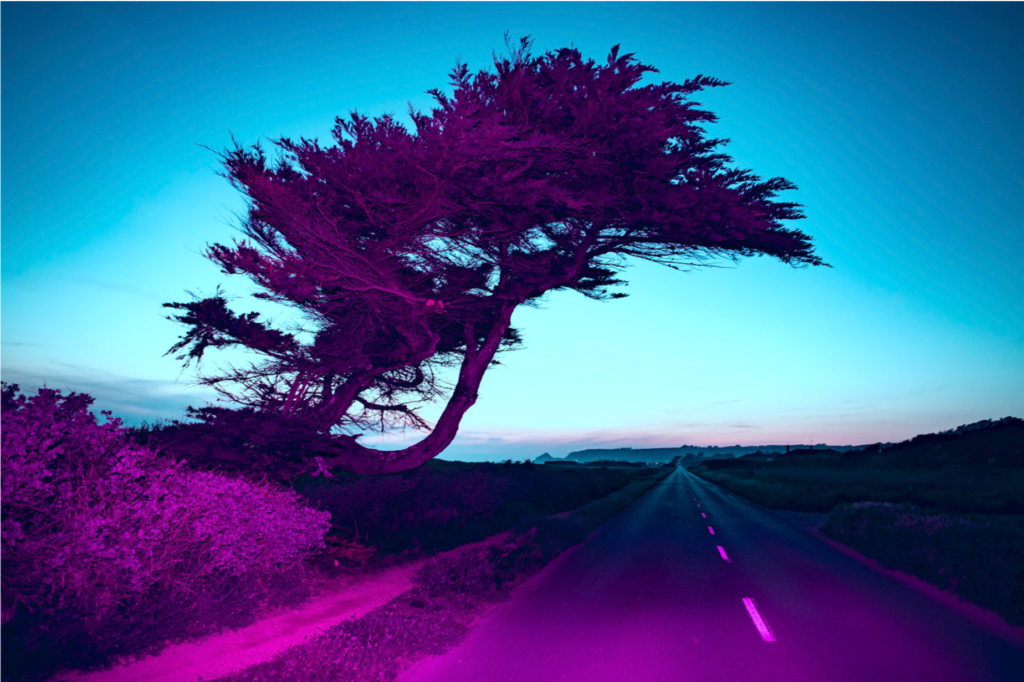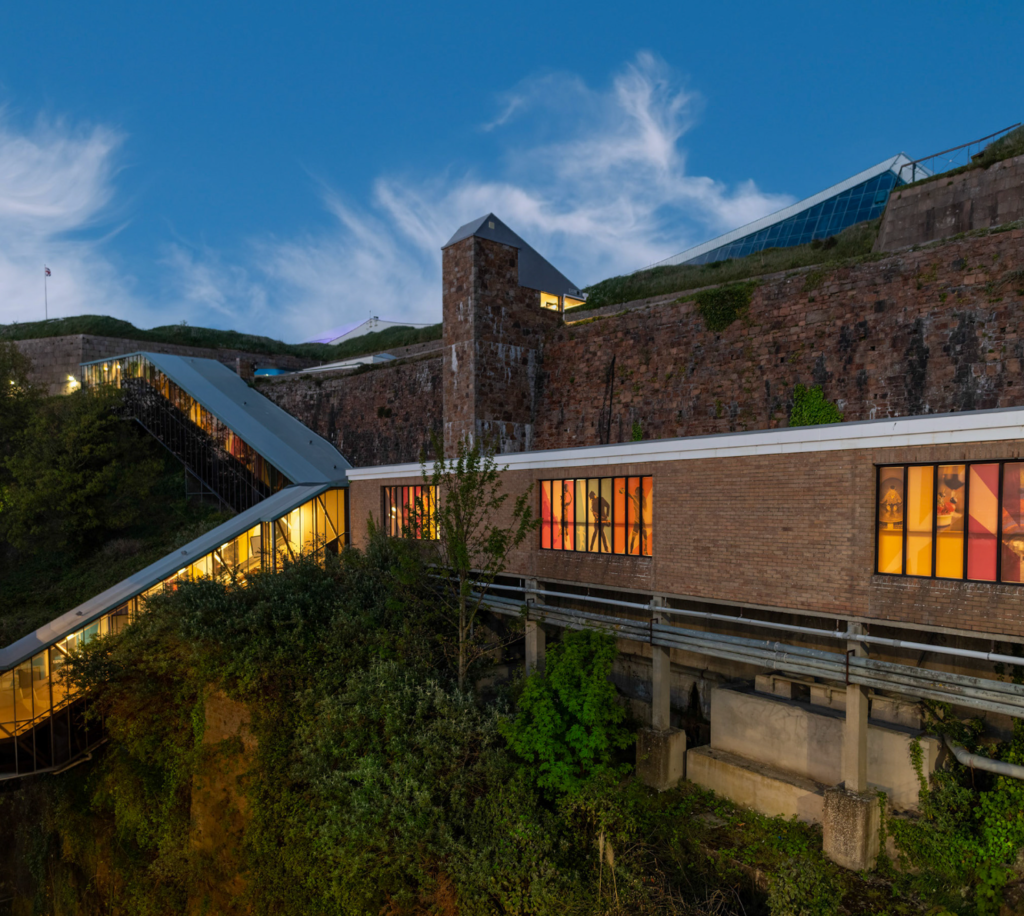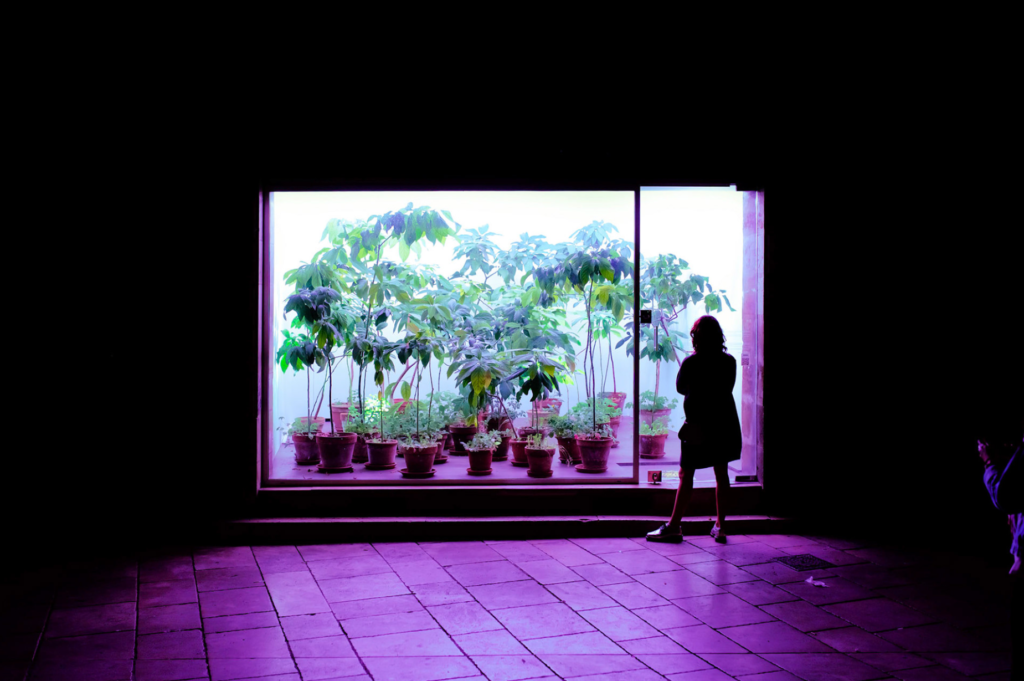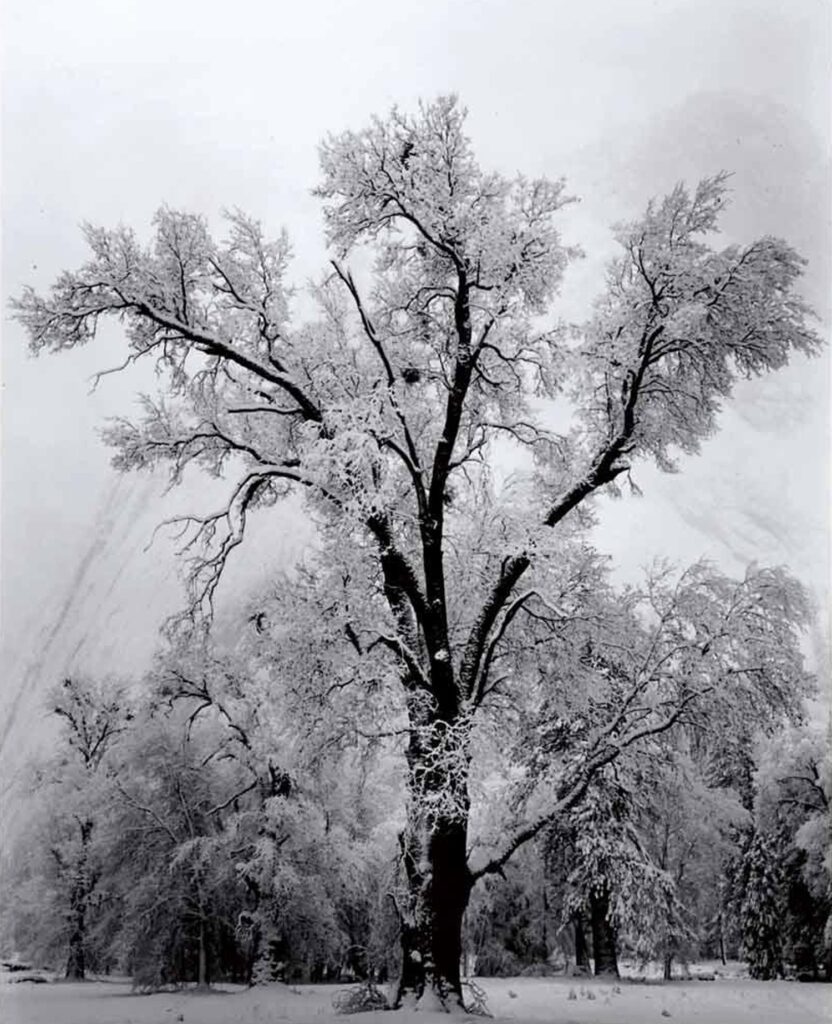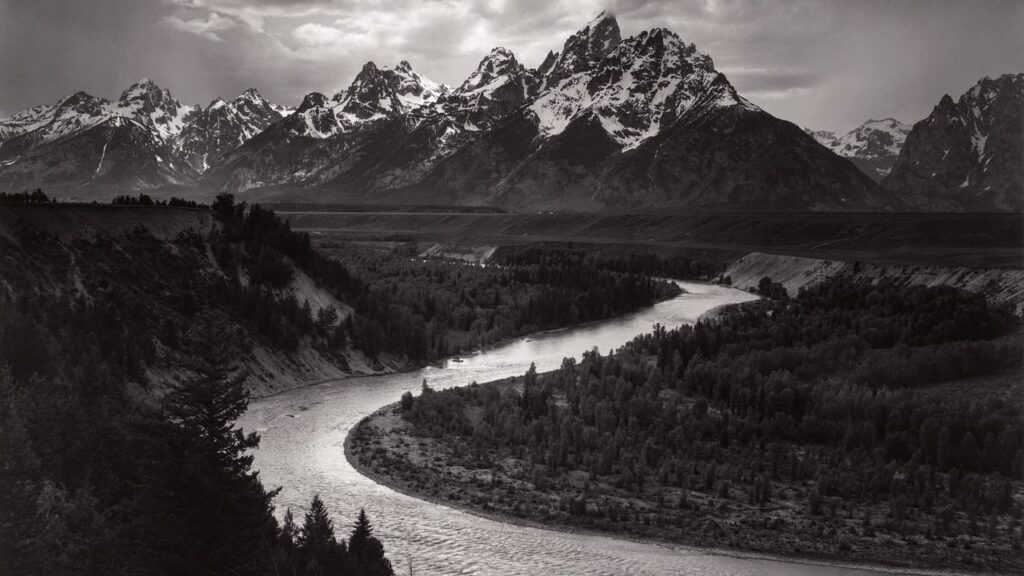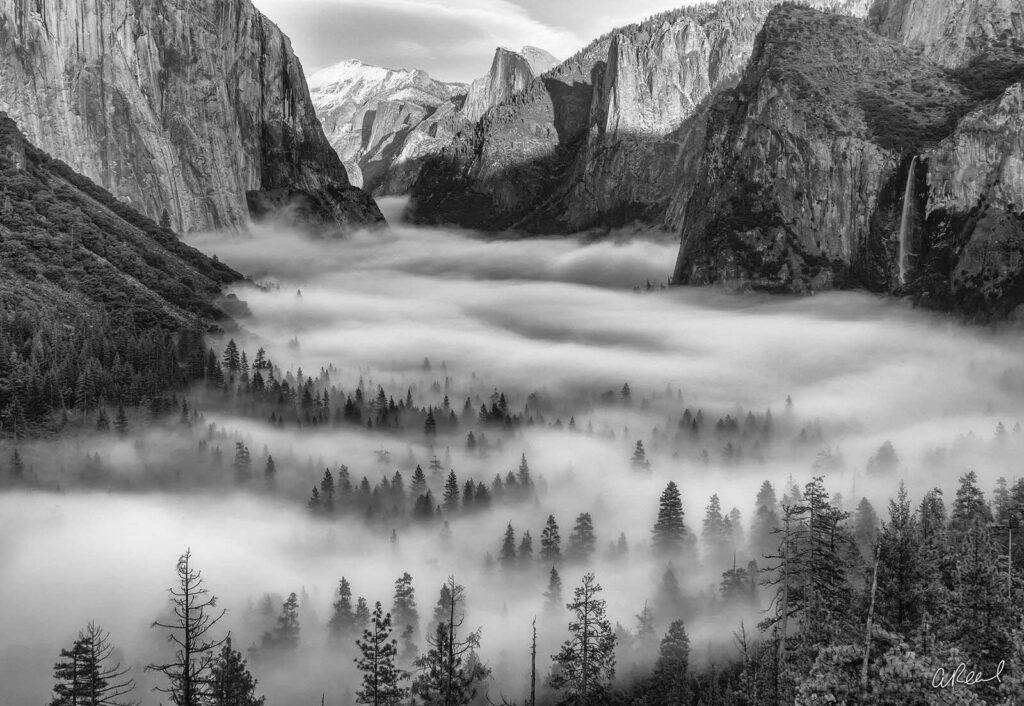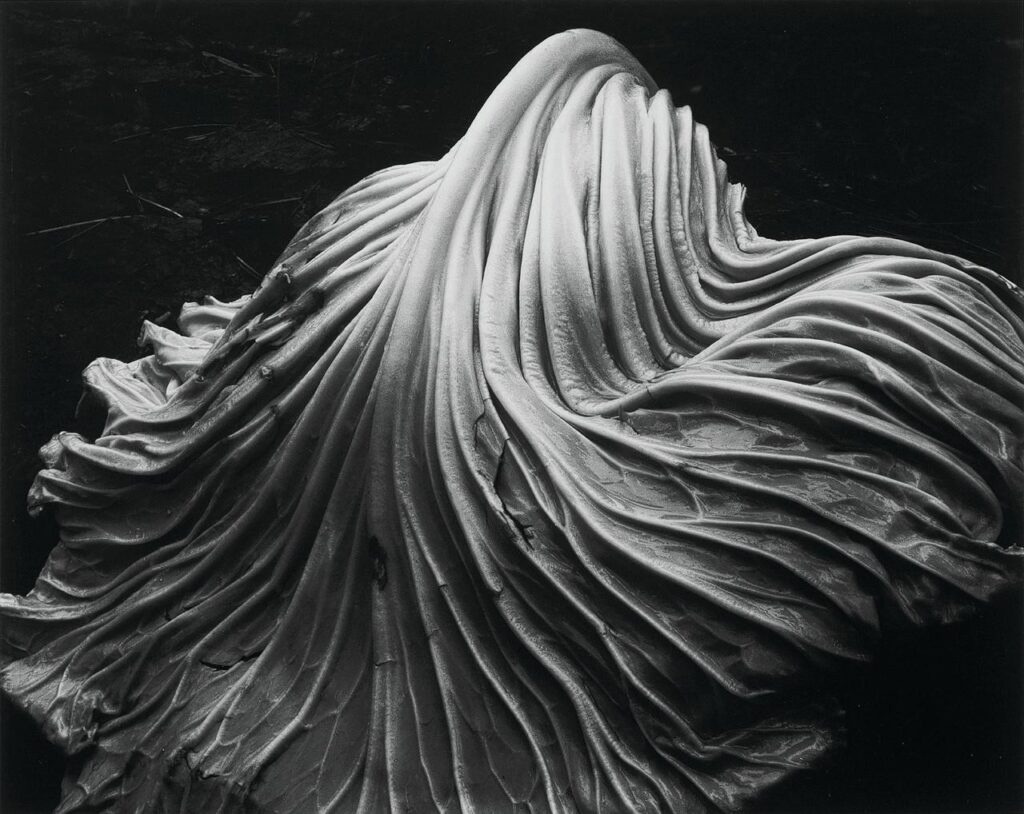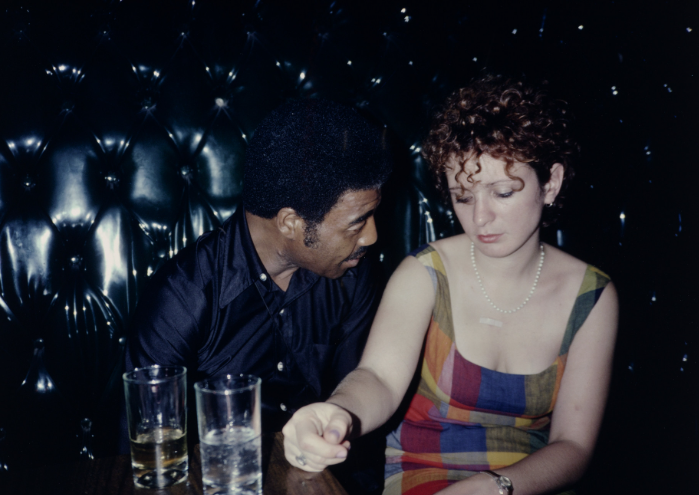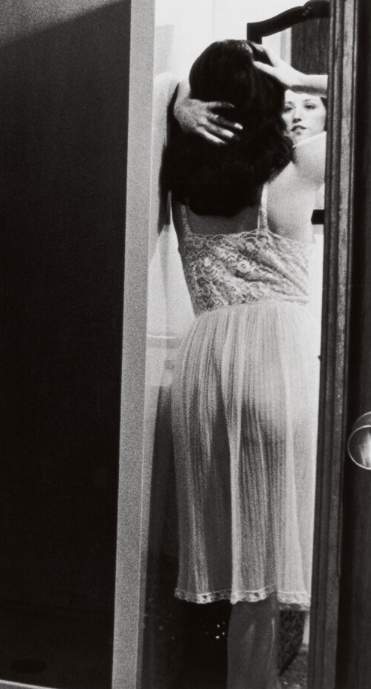Jeff Wall
Jeff Wall is a Canadian photographer, who was born the 29th September 1946. He is artist best known for his large-scale back lit photographs and art history writing. He began drawing and painting at an early age and in the mid-1960s, and he studied art history at the University of British Columbia while continuing to make art, until 1970. Since the 1970’s he has problematized the relationship between photography, documentary and art in his dramatizations of apparently ordinary street scenes and social encounters. He pulled ideas, concepts and compositions from famous historical paintings (masters). He takes historical paintings and also puts a twist on them with his work, as he creates photographs with similar concepts, compositions and ideas to the paintings, but he creates a modern day version of the paintings. However, he is best known for his large-scale back-lit Cibachrome photographs and art history writing.
His Work
Jeff Wall’s carefully composed tableaux depicts everyday social relations which are based on his knowledge of Classical paintings. For example here he has depicted what a scene of a picnic looks like in the 21st century compared to Seurat’s depiction of the bourgeoisie by a lake in the 19th century France.
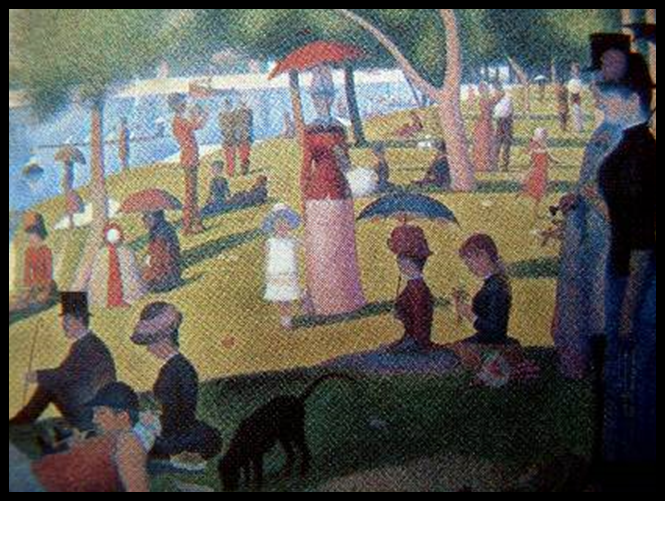
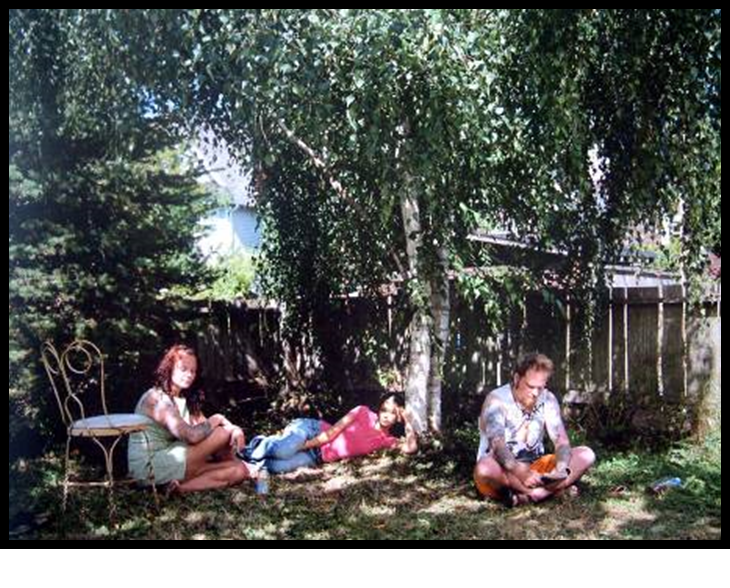
He borrowed the idea and concept of a picnic, however he made a modern day version of this picnic in the 1800. He slightly changed the concept of his photograph, compared to the painting in order to do this, as in modern times families do not usually go out to a park with lots of other families to have a picnic, but this is what is was like in the 1800, as the painting presents. Instead, he has had this modern day family go out into their garden and he has staged this image by manipulating the composition, positioning etc. as his images are tableaux images. Although he has changed the concept slightly he has kept the composition quite similar, with the trees in the background, just like in the painting, and he has had the father sit slightly more in the foreground, mother in the middle ground and daughter in the background to present a similar composition to the painting. However, the composition is not the exact same, as he has much less people in his photograph, compared to the painting.
Jeff Wall recreated historical paintings such as this and made modern day photograph version, because by recreating episodes that he has witnessed from his own memory, he gives himself room to add his own narrative and aesthetic elements. Rather than accepting reality as it is, he distorts it and enhances it to his preferences.

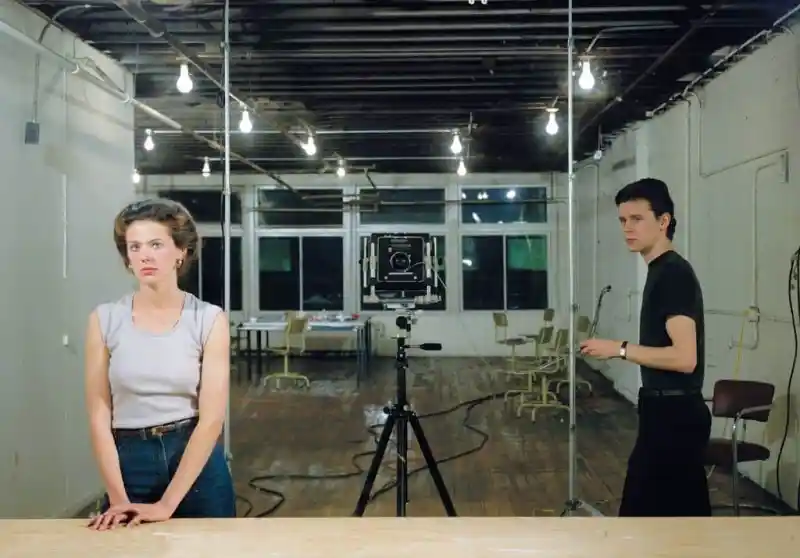
Jeff Wall also pulled ideas from quite a few of Edouard Manet’s paintings, similarly to Justine Kurland, as seen above, because Wall’s earliest photographs of the late 1970s and 1980s, clear references are made to some of the most famous paintings in the history of art since the Renaissance. He admits that in nodding toward the titans of early modern painting, such as Delacroix and Manet, he was ‘trying to continue an idea of historically and theoretically informed production.‘ At the time, many contemporary artists were rejecting the presumed grandeur of fine art painting in materials, style, and subject matter.
In this image above he has borrowed the composition of the women being in the foreground and the man being in the background, in the same way the women in he painting is in the foreground and her reflection is in the background. He has also used the rule of thirds in his photograph, just how the rule of thirds was used in the painting as well. I his photograph he has the women in the left hand third, the man in the the right hand third, and in the centre third is a camera, which is supposed to be the viewer. He has also used a mirror in his photograph, just like in the painting. However, Jeff Wall has positioned the women in the left side of the frame, whereas in the painting there is a centre balance, with the women in the centre of the frame and the line of the the bar going horizontally through the image, creating a sort of cross.
Examples of his compositions
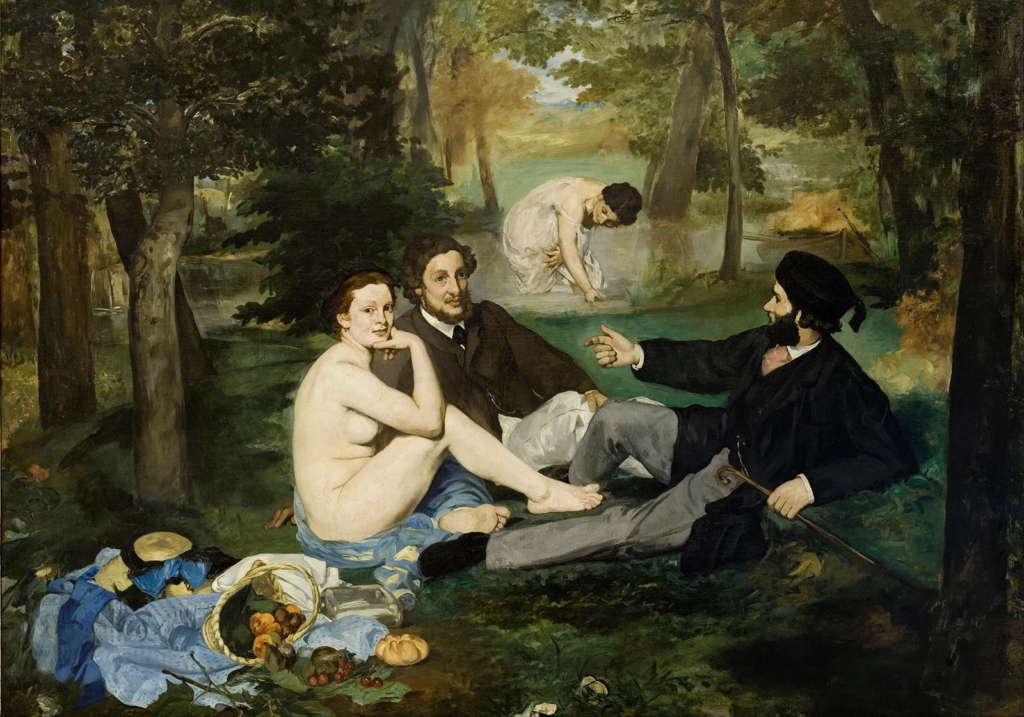

Similarly to Justine Kurland he has taken inspiration from Edouard Manet, Le Dejeuner sur L’herbe 1863. He has created a tableaux image, where he has manipulated the positioning and location of the models and himself. He has also borrowed the composition in the same way that Justine Kurland has, by having the three people in the foreground on the left, the person on the right in the middle ground and the far people in the background. He has also pulled from the setting a little bit, as the setting is in field like area with trees on the left. However, he has made a more modern day version of this painting by including the bridge, which is a modern day structure in his photograph.
Similarities with Justine Kurland
Jeff Wall and Justine Kurland both take photographs, which they have pulled ideas, concepts and compositions from famous historical paintings. They both also take images of ordinary street scenes and social encounters.
When pulling ideas, concepts and compositions to create tableaux images, both Jeff Wall and Justine Kurland have created a photograph similar to the paintings they have taken inspiration from, but have made the concept of the photo applicable to modern day times.
How I am taking Inspiration from him
For my personal study I am going to take inspiration from Jeff Wall, as I am going to be pulling concepts, ideas and compositions from his work, just like he does with Historical paintings. I also want to pull ideas, concepts and compositions from historical paintings that he has taken inspiration from, like Edouard Manet, as well as other historical paintings. Some examples of historical paintings I want to take inspiration from are:
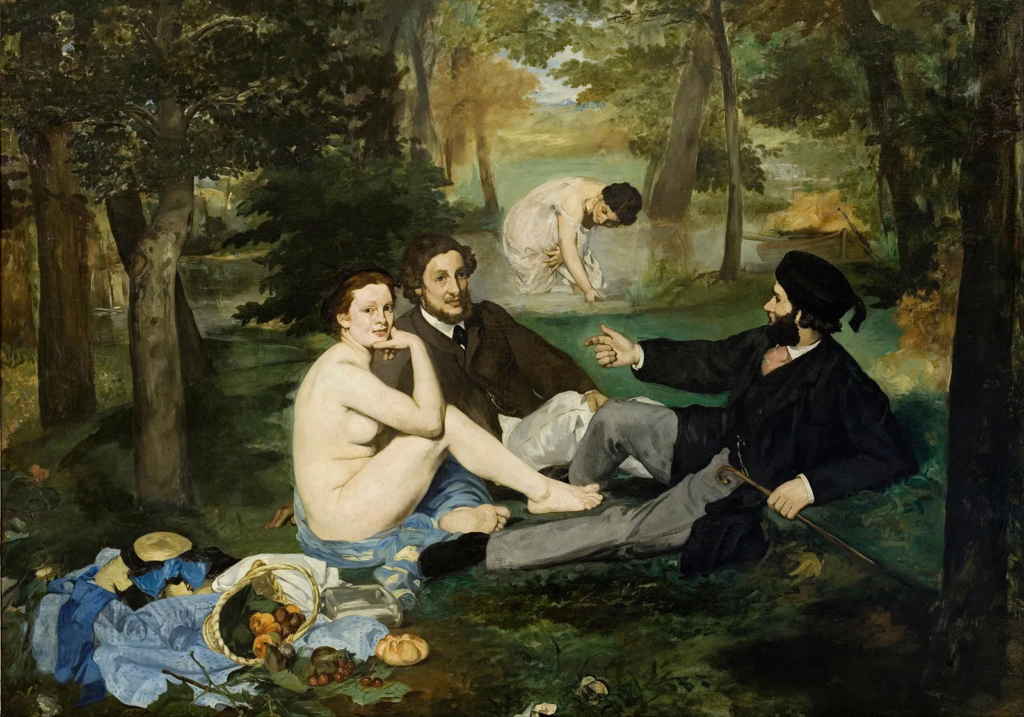
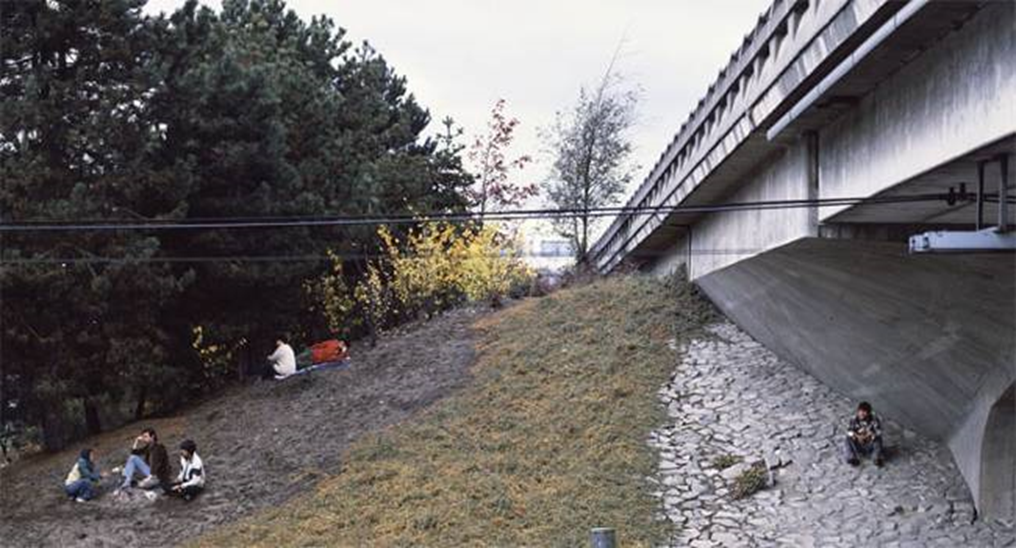
I want to take inspiration from Edouard Manet’s painting, because both Jeff Wall and Justine Kurland have taken inspiration from this photograph. I also want to take inspiration from Jeff Wall’s photograph, that he has pulled ideas, concepts and compositions from.
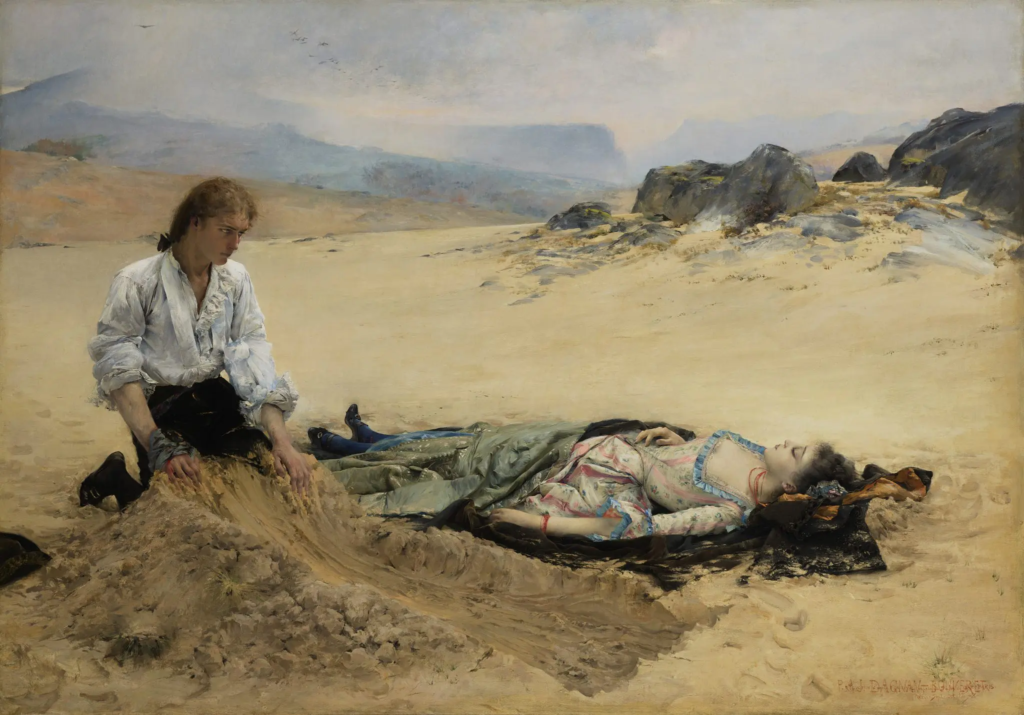
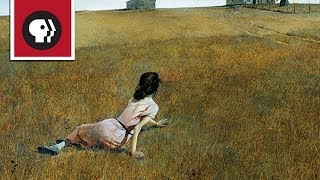
Andrew Wyeth, Christina’s world 1948.
I want to take inspiration from these paintings, not only because they have a good composition, but because they also tell a story, which I could tell through my photographs, but make it applicable to modern times, and to the subject of identity and youth, because that is what I’m exploring.
I am also going to be taking photos of ordinary street scenes and social encounters, as I am going to be taking pictures of my friends and I doing activities in outdoor areas that I used to do in my youth.



